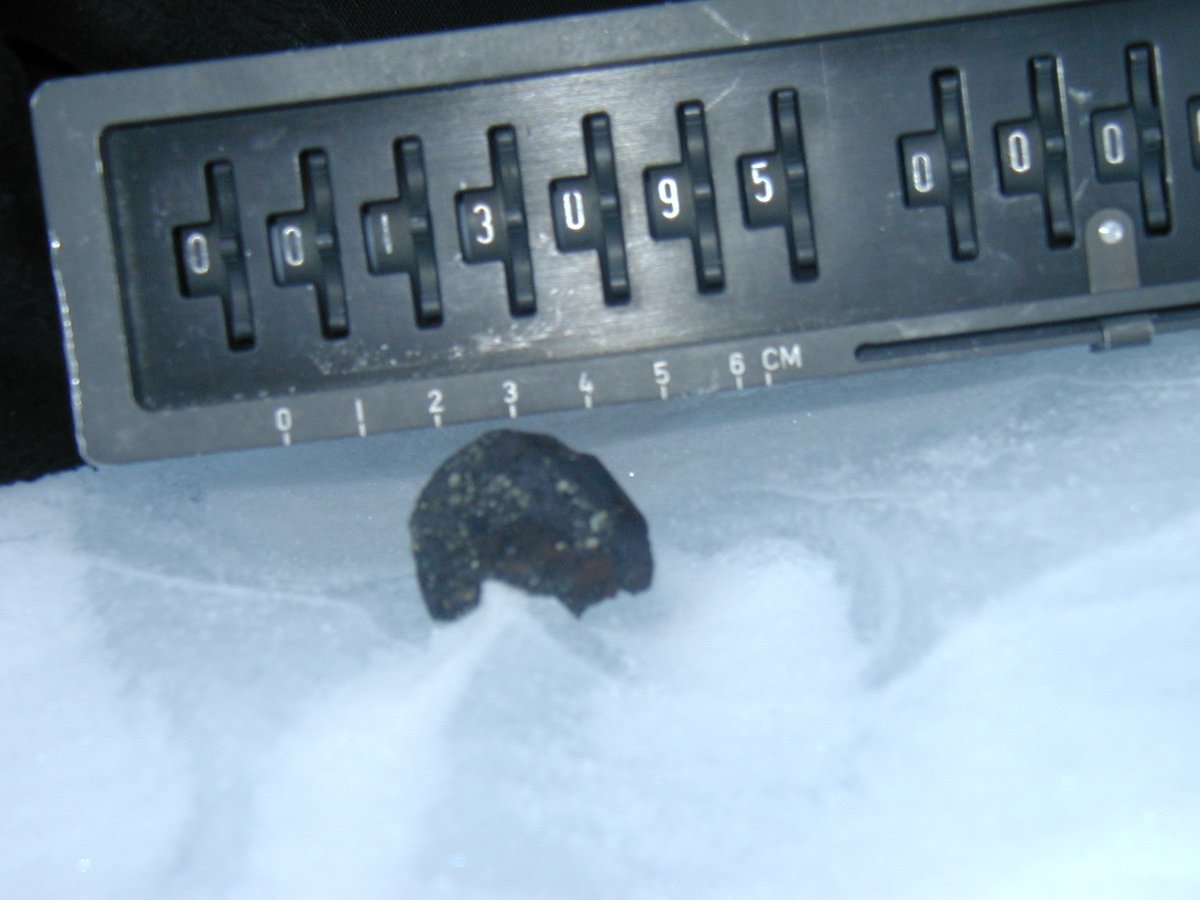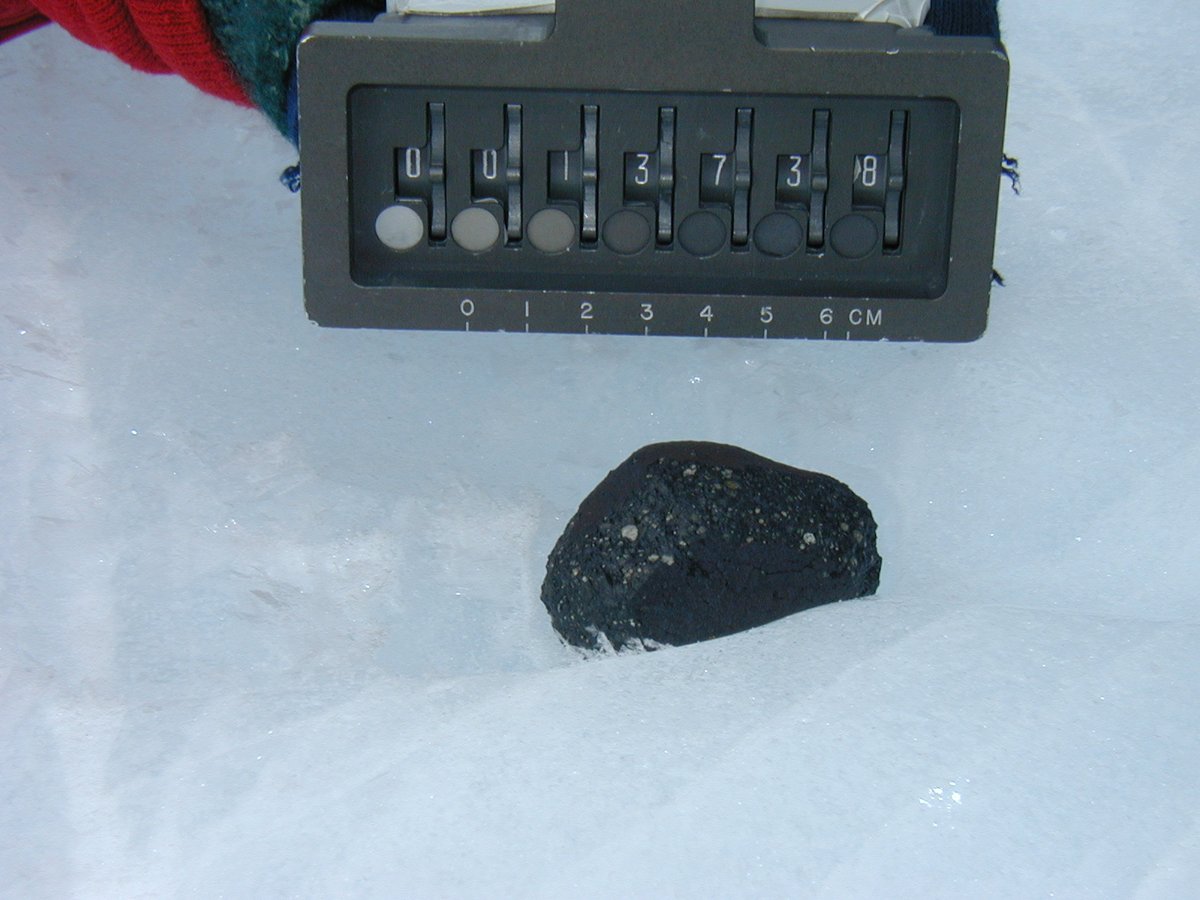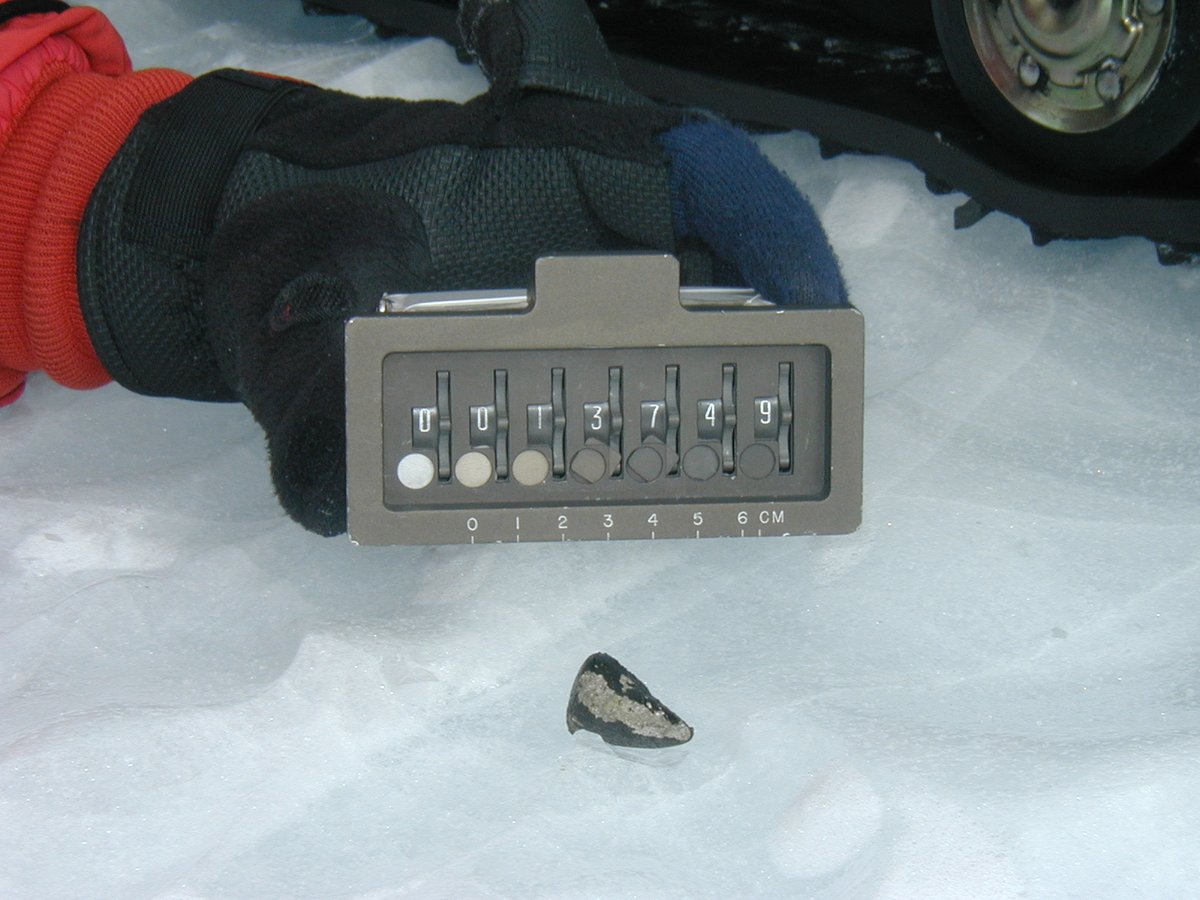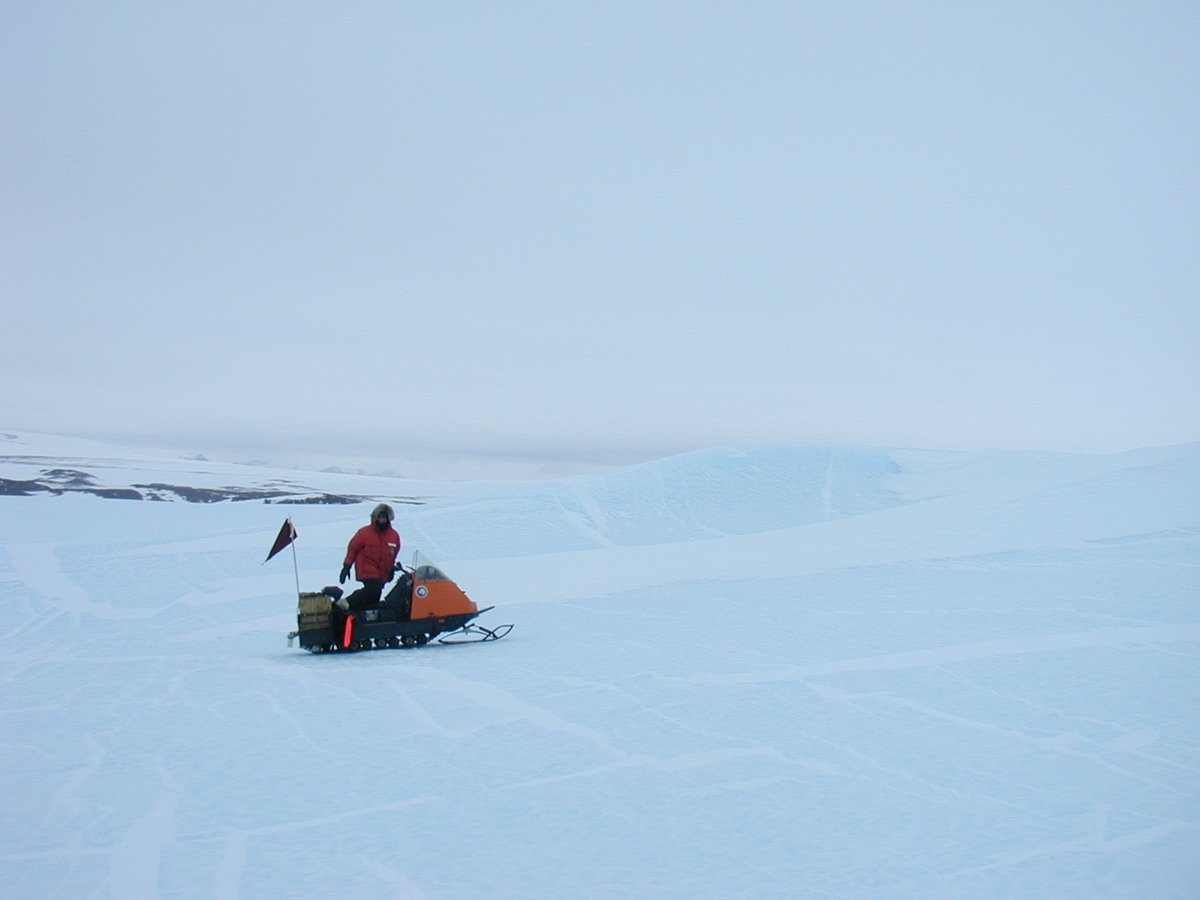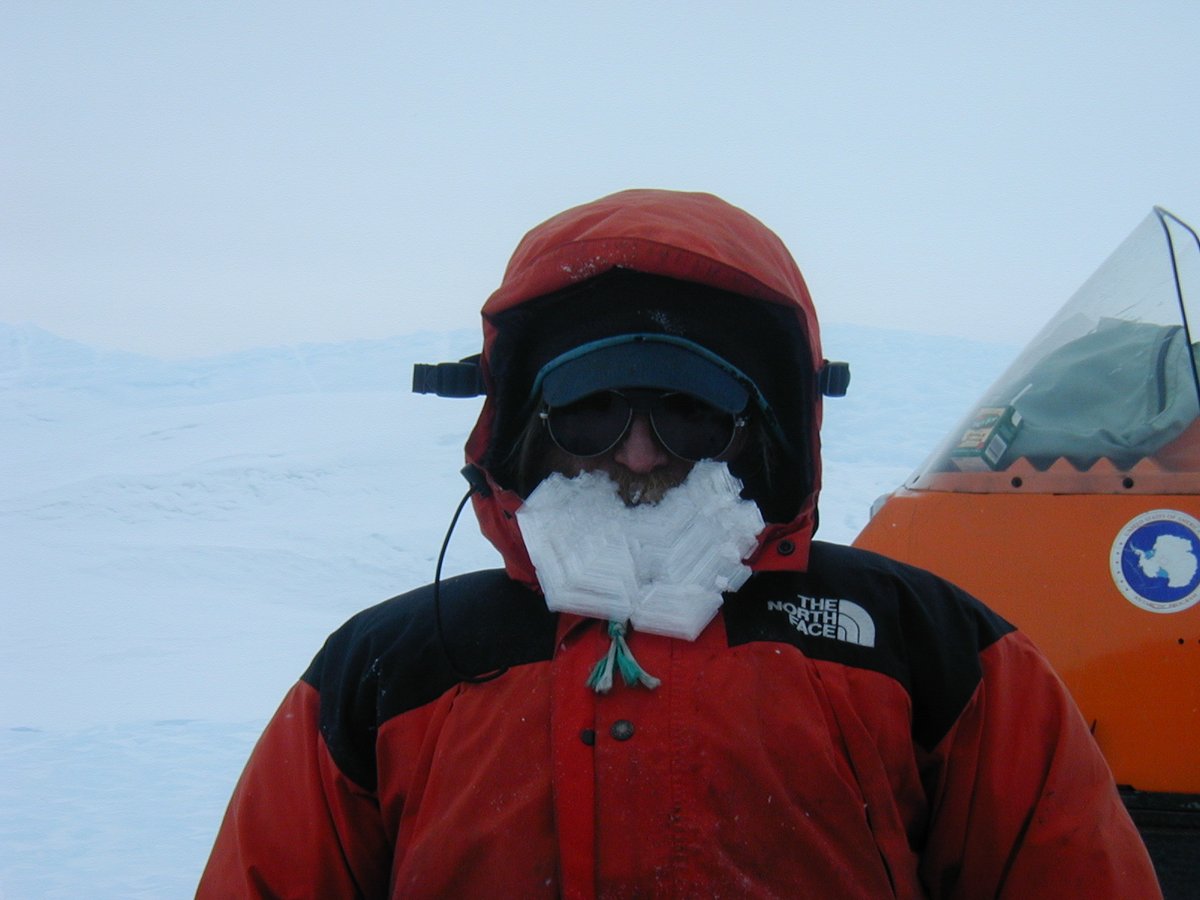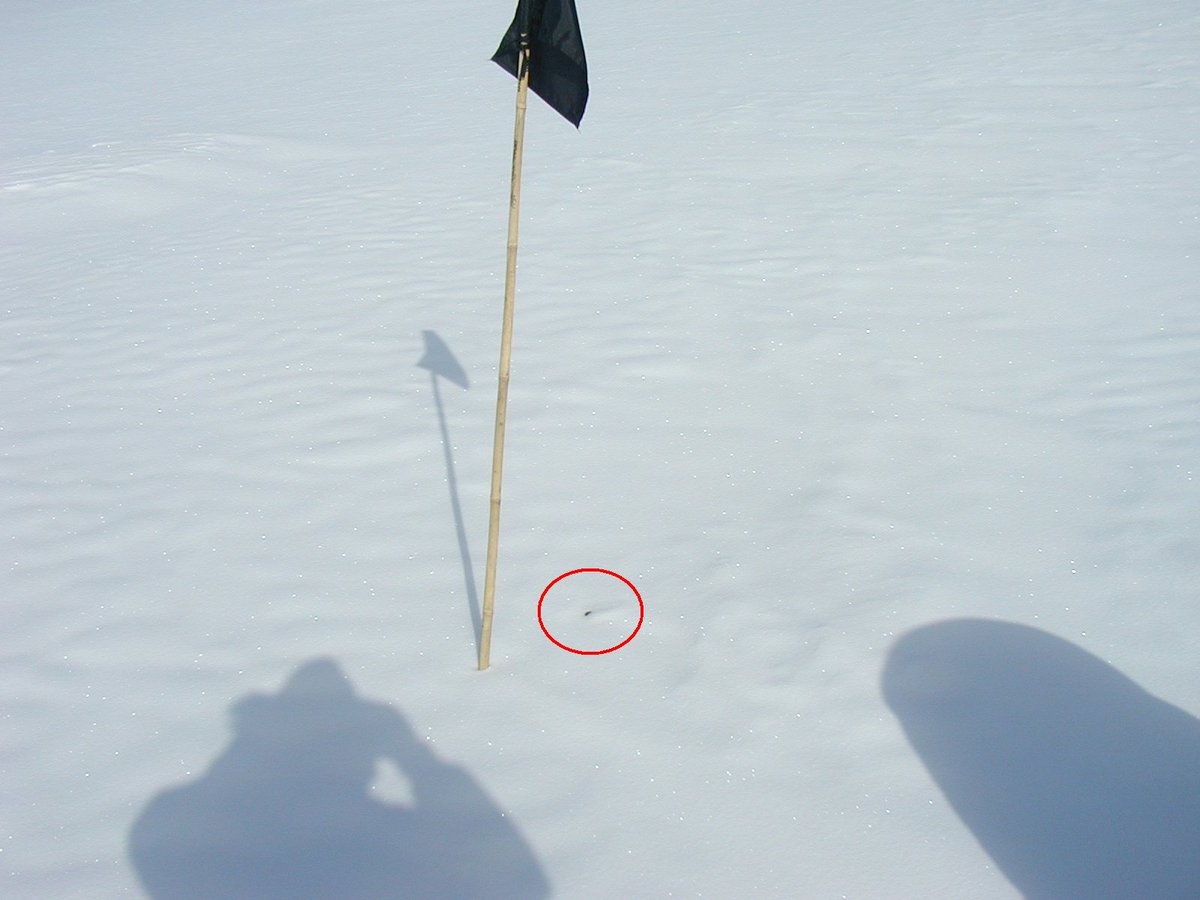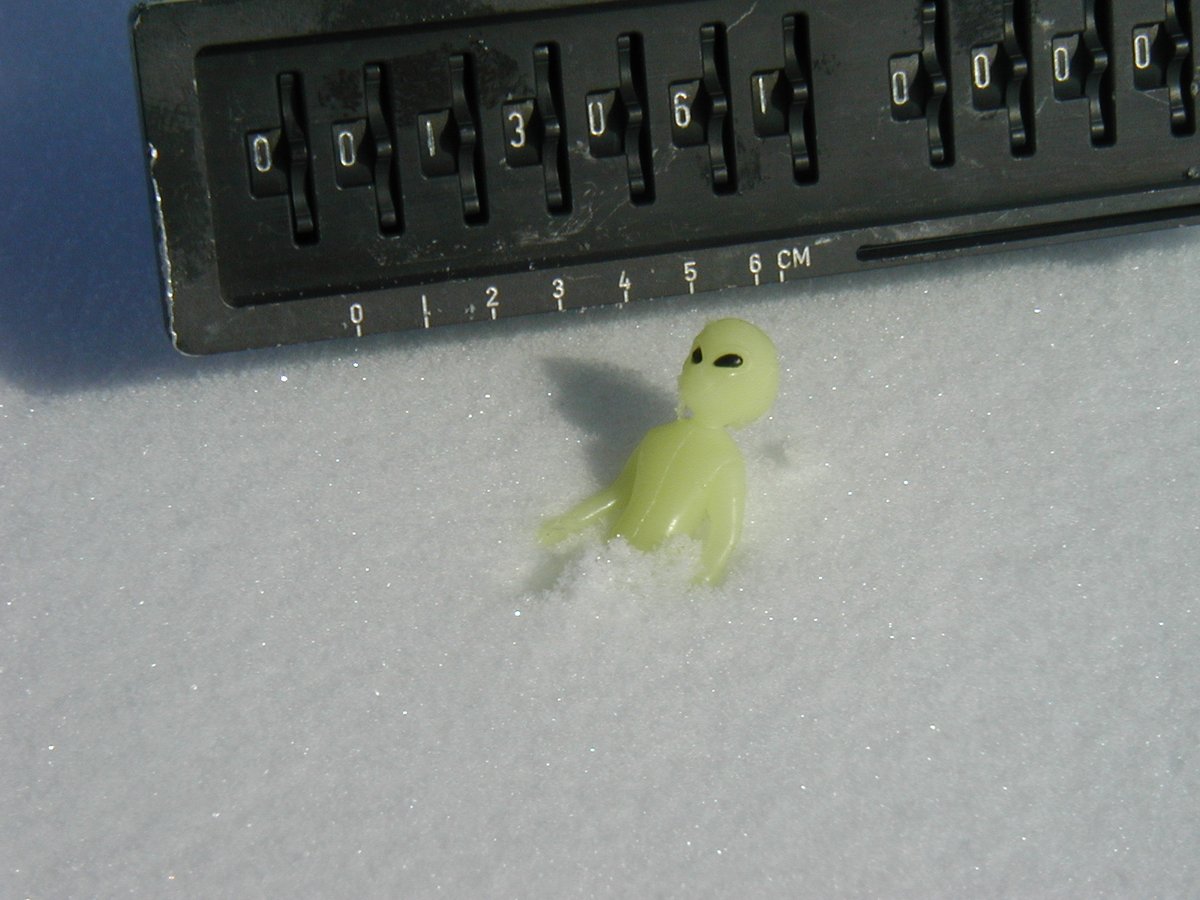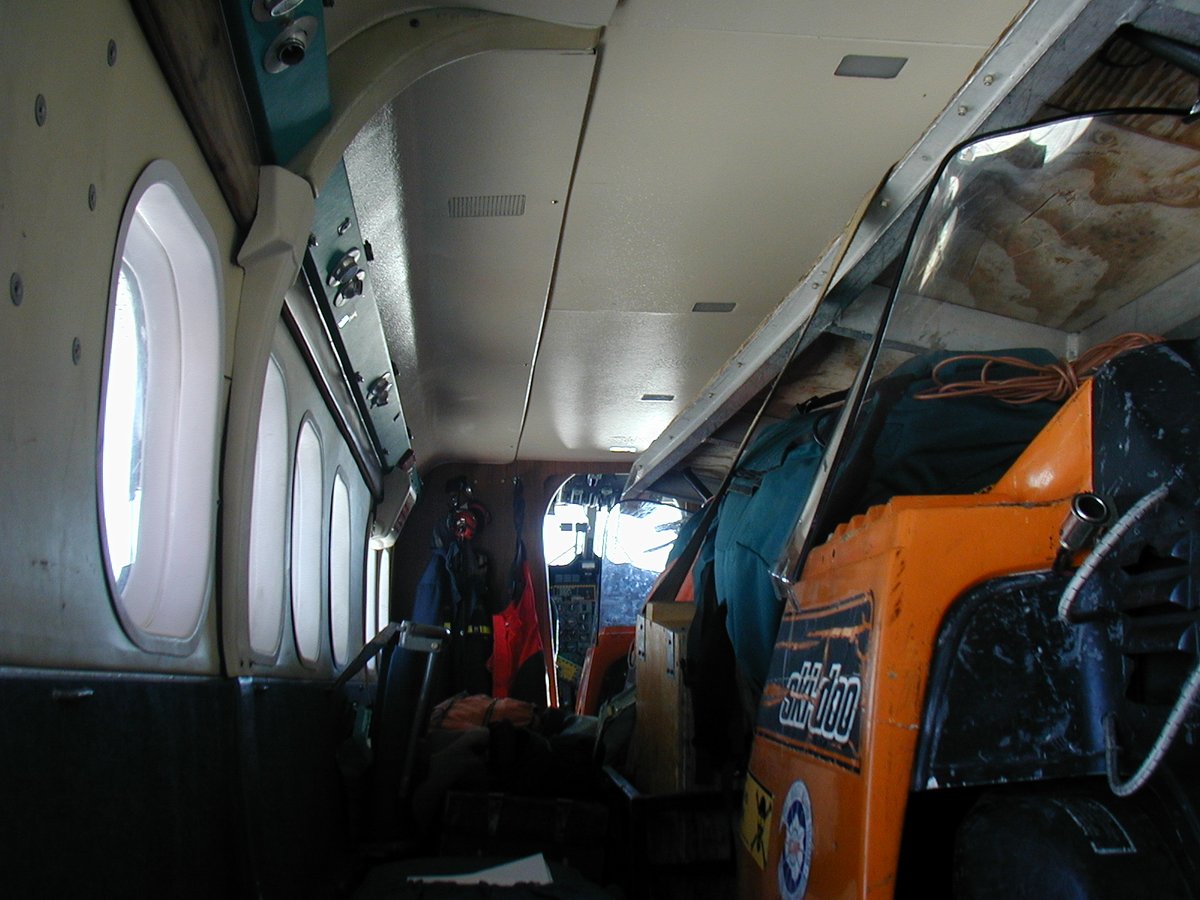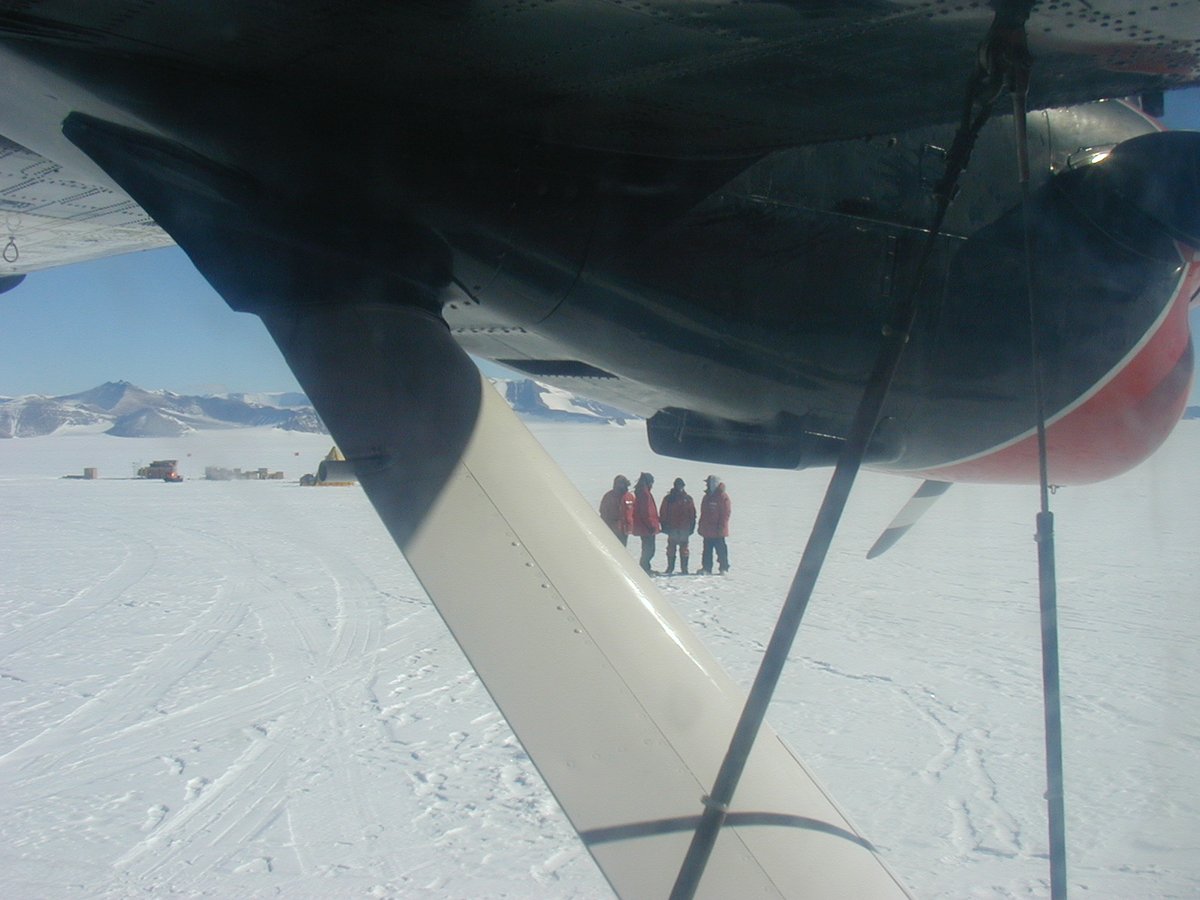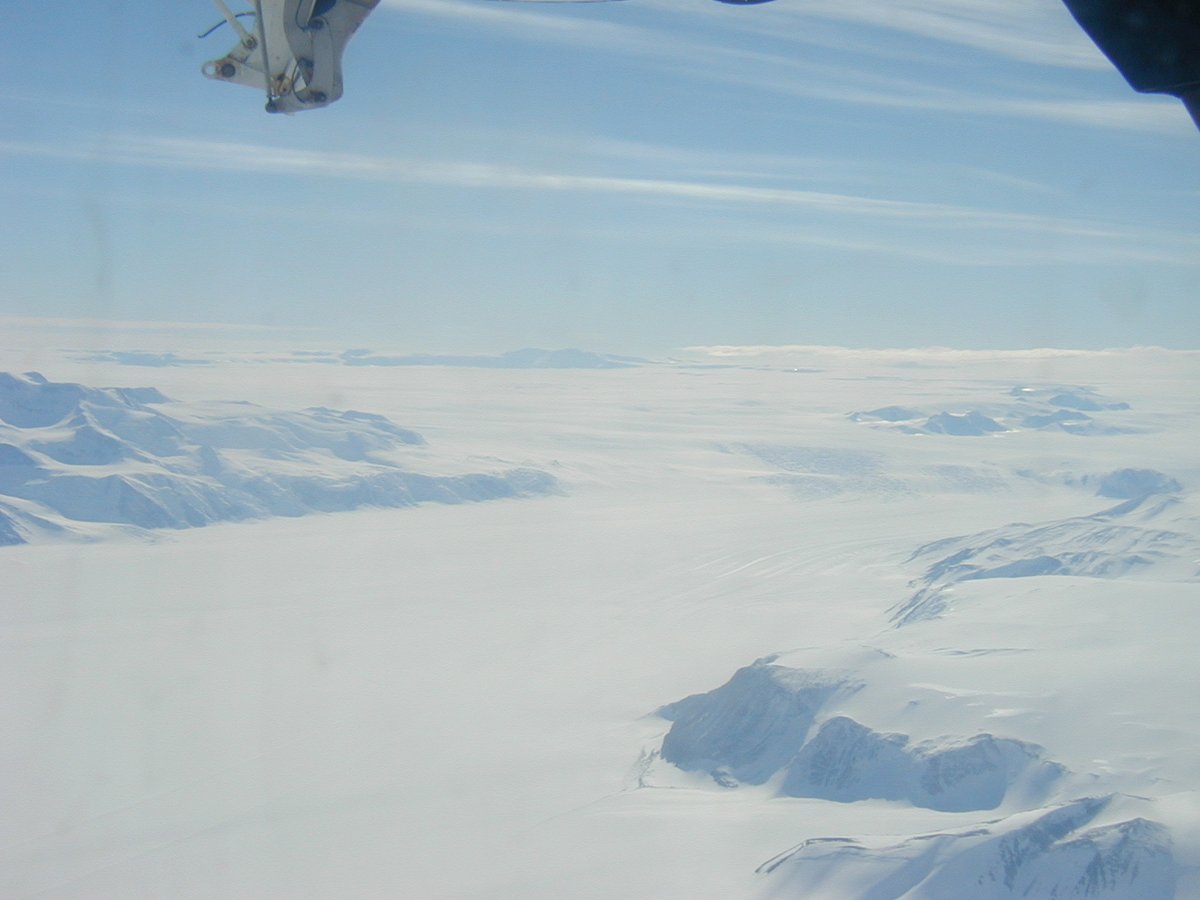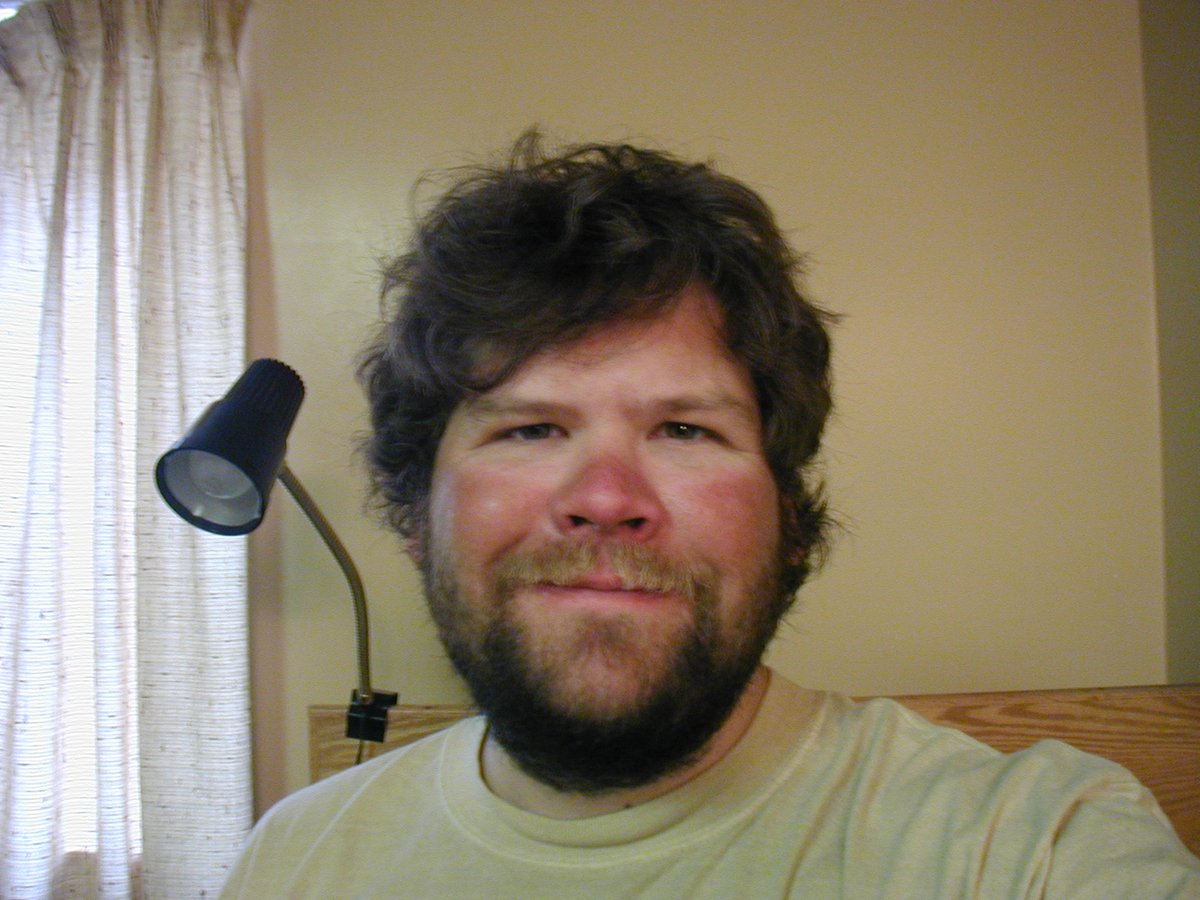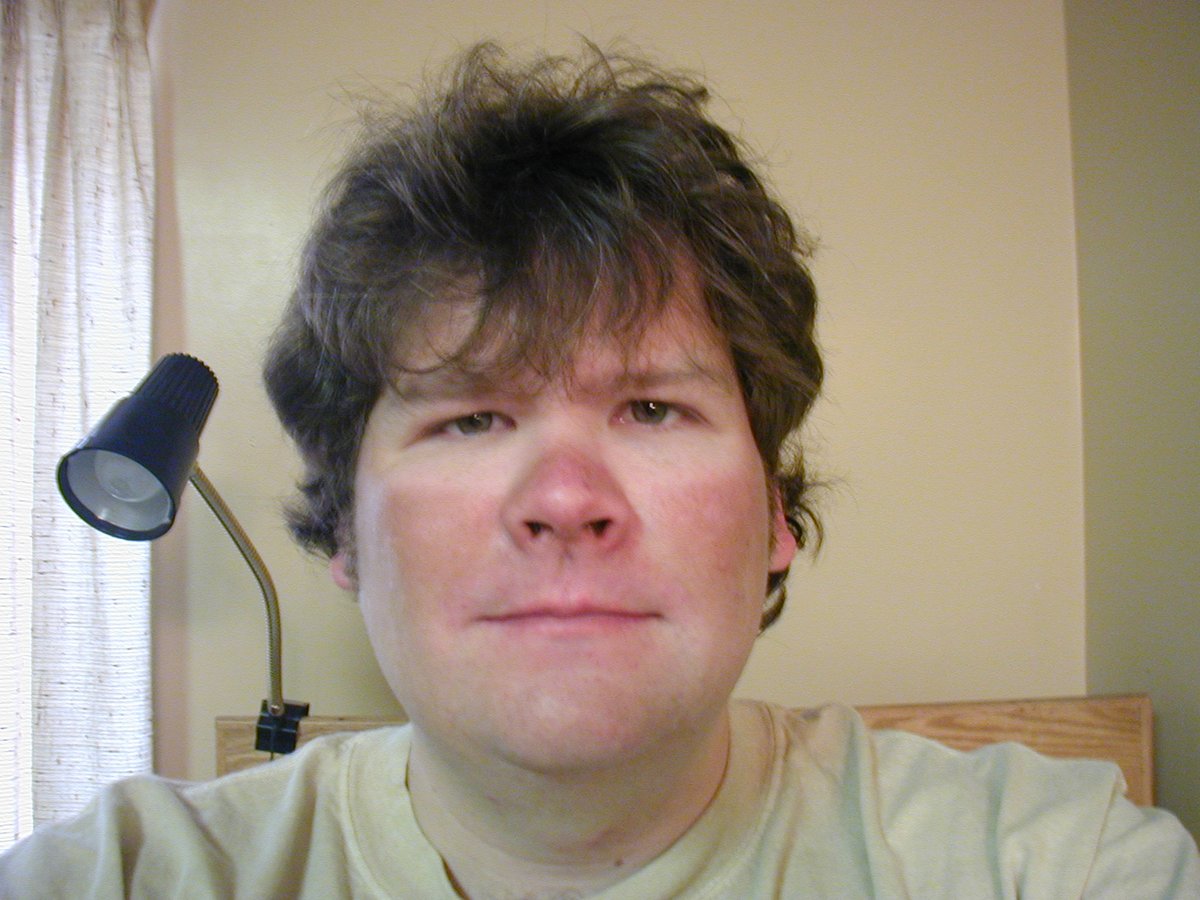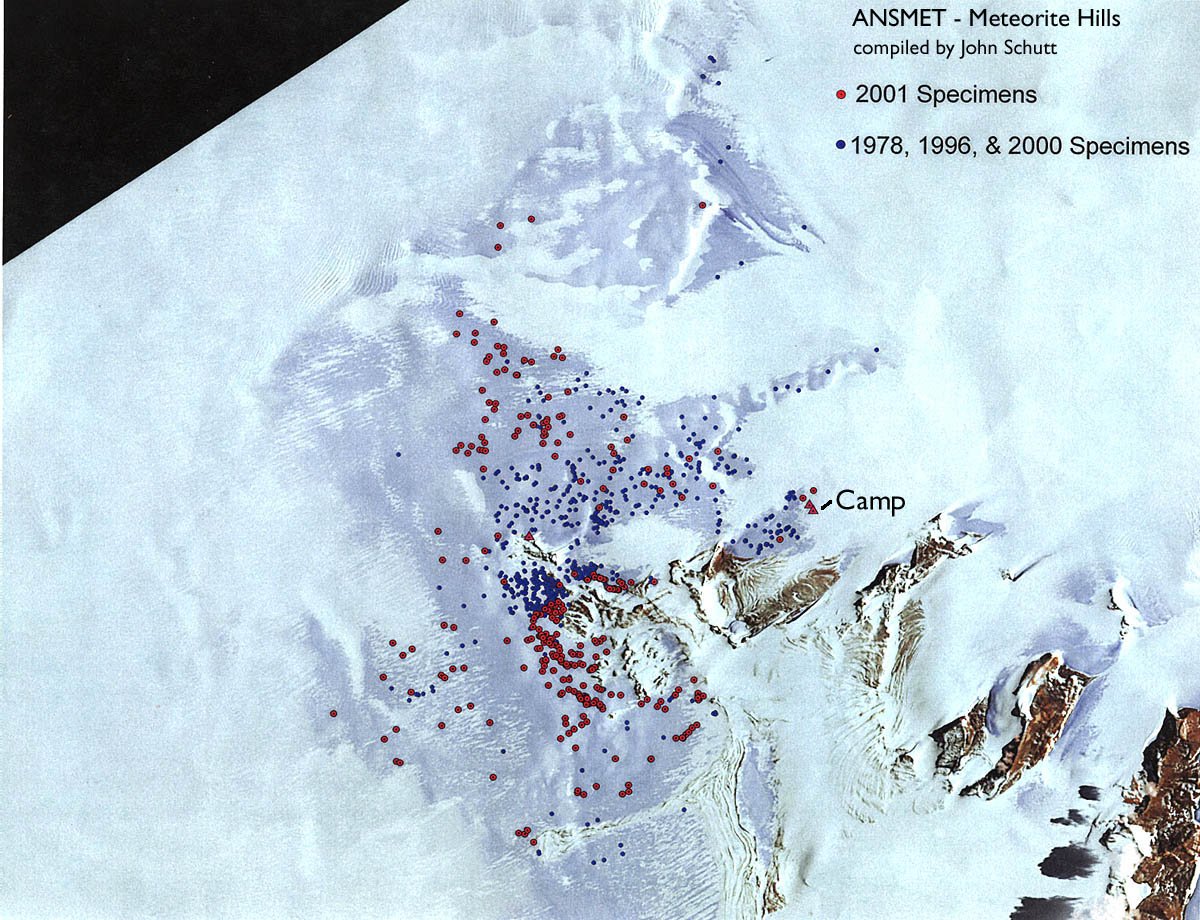20 yrs ago today (11-30-00), the 2000 Antarctic Search for Meteorites ( #ANSMET) field team arrived @ McMurdo Station. Since there is no ANSMET season this year, I will try to live tweet day-by-day our season based on my photo archive
Situated on Ross Island, McMurdo is the US base of operations in Antarctica. It feels (or felt in 2000) like a weird mix of a frontier mining town, Navy base and scientific lab.
#ANSMET2000
#ANSMET2000
20 years ago today (12-4-2000), the #ANSMET2000 team set out on an overnight camping trip to practice snowmobile riding, tent setup, crevasse rescue etc.
On this day 20 yrs ago, 12-7-2000, the #ANSMET2000 team, still waiting to deploy to the field, visited Scott Base, the NZ Antarctic base a few km from McMurdo. Tomorrow we head to Meteorite Hills!
December 8, 2000, #ANSMET2000 team finally leaves McMurdo with gear and food to set up camp and search for meteorites for 6 weeks. Our destination: Meteorite Hills, 79° 40′ 0″ S, 155° 36′ 0″ E, between the heads of Darwin and Hatherton Glaciers
The Berg Field Center, McMurdo Station, where Antarctic field parties get outfitted with everything they need
#ANSMET2000
#ANSMET2000
12-8-2000, #ANSMET2000 team flew to field site on the "Bassler", a modified DC-10 on skis. That's the awesome John Schutt, who has been the lead field guide for ANSMET teams for decades https://en.wikipedia.org/wiki/John_Schutt
12-8-2000 #ANSMET2000 team arrival at Meteorite Hills; time to unload the gear and set up camp. Unlike many ANSMET field sites, we were able to land close to the camp location and did not have to sledge with our gear a long way.
12-8-2000 My home for the next 6 weeks or so #ANSMET2000
OTD 20 yrs ago, 12-9-2000 #ANSMET2000 team got to work exploring our field site at Meteorite Hills. Here's a view of our camp from a little ways away. Lots and lots of blue ice in the area where snow has been blown off - prime meteorite hunting ground!
12-10-2000 On this day #ANSMET2000 team found 4 meteorites, got more awesome scenery and ...
... at the end of the day enjoyed gin and tonics with 1000 year old ice cubes (that's Sara Russell and Ben Bussey, the team's Brits) 2-10-2000 #ANSMET2000
20 yrs ago today, 12-11-200, #ANSMET2000 meteorite search on blue ice fields near camp continues
12-11-2000 When a meteorite is found, the team gathers and the finder puts the meteorite in a bag with a field number and the location measured by GPS. Here's me collecting 12878, turned out to be a CM2 chondrite, MET 001012 #ANSMET2000
12-12-2000 #ANSMET team had a potluck meal in the "party tent" - an extra Scott tent we set up for social gatherings. Seen in these photos are me (looking a bit younger and more hirsute than today) Jeff Byrnes, Dr. Melissa Strait, Dr. Sara Russell @sarameteorite, & John Schutt
12-13-2000 storm blowing in at Meteorite Hills, no meteorite hunting today for #ANSMET2000 team. Hang out in the tents reading, playing games, etc.
Dec 14, 2000 Blue icefields near Meteorite Hills. Why are these good places to look for meteorites? ...
#ANSMET2000
#ANSMET2000
A combination of things: 1) Antarctica is covered by 2-km thick ice sheet so easier for rock to get to surface by falling from space than coming up from ground. 2) it's a very dry desert, so meteorites do not "weather" away even over 10,000 yrs while embedded in snow/ice...
3) glaciation carries meteorites from where they fall towards the coasts where ice flow is slowed by mountain ranges and 4) wind blows away snow and ice evaporates, exposing meteorites on blue ice fields behind mountains
12-14-2000 #ANSMET2000 team heading out on snowmobiles to slowly cross ice field looking for black dots, which more often than not are meteorites!
12-15-2000 A member of #ANSMET2000 team walking across rock-strewn field. Very hard to find meteorites in such a place but there are some.
12-16-2000 #ANSMET2000 team found 33 meteorites and ...
explored the area around Meteorite Hills some more #ANSMET2000 12-16-2000
12-16-2000 Cool ice crystals #ANSMET2000
OTD 12-18-2000, a few members of #ANSMET2000 team got a helicopter ride to nearby Derrick Peak, where some iron meteorites had been found previously
12-18-2000 #ANSMET2000 team had lovely views of the Hatherton glacier on our way to/from Derrick Peak
12-18-2000 We spent a few hours searching among the rocks of Derrick peak and #ANSMET2000 Jeff Byrnes finally found a lovely large iron meteorite!
team (Bill Oefelein, @sarameteorite, me, Jeff Byrnes) at the top of Derrick Peak 12-18-2000 #ANSMET2000
12-19-2000 #ANSMET2000 team did systematic searching across some blue icefields, found 27 meteorites. Every meteorite location is marked with a flag.
12-20-2000 #ANSMET2000 team found 47 meteorites on this day! Lots of flags marking locations.
12-21-2000 #ANSMET2000 team found 46 meteorites today, sometimes you find Earth rocks too but you very quickly get used to distinguishing the distinct appearance of space rocks
12-21-2000 Me and a penguin and field guide John Schutt in his tent #ANSMET2000
Dec 22, 2000 #ANSMET2000 team found 29 meteorites. I found a large (1.8 kg) achondrite that our field guide was convinced was a martian meteorite. Analysis at the Smithsonian later found it to be a diogenite (probably from the asteroid Vesta), MET 00436
12-22-2000 Beautiful scenery as usual near Meteorite Hills #ANSMET2000
12-23-2000 Foggy day at #ANSMET2000 camp, no meteorite hunting today!
12-24-2000 #ANSMET2000 team found a Christmas-tree-shaped iron meteorite (MET 00408)
12-26-2000 Boots hanging to dry at top of tent at night and more purty pictures of the area around Meteorite Hills #ANSMET2000
12-27-2000 #ANSMET2000 Team found 55 meteorites on this day, including this lovely 300 g H3 ordinary chondrite (MET 00506)
12-29-2000 #ANSMET2000 team found 30 meteorites on this day, including this beautiful 80g Howardite (MET 00423)
New Years Eve 12-31-2000 #ANSMET2000 team had a party with beer and G&Ts (requiring 1st thawing frozen cans of beer and tonic over a campstove) followed by a midnight wrestling match between two team members 

#ANSMET2000 camp at midnight as 2000 became 2001
1-3-2001 #ANSMET2000 team systematically searching blue ice field for meteorites
1-3-2001 more #ANSMET2000 meteorite searching
A few of the 21 meteorites found by #ANSMET2000 team on January 3, 2001
January 5, 2001: Movie night for #ANSMET2000 team!
We watched DVDs in the "party tent" on laptops powered by car batteries (charged by solar panels) attached to DC inverters. Watched a wide range of films we all brought. No idea what on this night (maybe 2001: A Space Oddysey).
We watched DVDs in the "party tent" on laptops powered by car batteries (charged by solar panels) attached to DC inverters. Watched a wide range of films we all brought. No idea what on this night (maybe 2001: A Space Oddysey).
20 years ago today, January 5, 2001, the #ANSMET2000 team discovered this meteorite, Meteorite Hills 00526, classified as a highly primitive ordinary chondrite [L(LL)3.05]. As luck would have it I have been studying a section of this meteorite for the last few months. ...
With postdoc Jens Barosch, we are looking for presolar grains in MET00526. Here is a thread I did on presolar grains when I ran the @astrotweeps account a while back https://twitter.com/astrotweeps/status/1247914519814381569
The abundance of presolar silicate grains can be a sensitive measure of the degree of alteration of a meteorite & an unpublished study by the late Dr. Christine Floss found MET 00526 to have a lot of presolar grains. We are using the NanoSIMS to see if she was right! ...
Here is a NanoSIMS 17O/16O image of a ~300-nm grain (bright spot) found today in MET00526, 20 years to the day after the meteorite was found. THIS is why ANSMET exists: to find important specimens that advance scientific understanding!
#ANSMET2000
#ANSMET2000
Two lovely paired CV3 chondrites, MET00429 and MET00430, found by #ANSMET2000 team on January 3 and Jan 9, 2001, respectively
January 8, 2001 Among the 39 meteorites the #ANSMET2000 team found on this day was this Howardite, MET 00427
January 9, 2001 #ANSMET2000 team member Melissa Strait meteorite hunting by an ice pinnacle
1-9-2001 #ANSMET2000 field guide John Schutt with an interesting new beard.
January 10, 2001 me and an ice pinnacle #ANSMET2000
1-10-2001 A "Sun Dog," a ring around the Sun caused by ice crystals in cirrus clouds (sort of like a rainbow). The Sun itself is behind the tent. #ANSMET2000
1-11-2001 A view of #ANSMET2000 team's field camp at Meteorite Hills, Antarctica
January 12, 2001 Sometimes a keen eye can spot a meteorite almost fully buried in snow, like this one #ANSMET2000
January 12, 2001 We also found a rather curious specimen on this day, assigned it a field number and returned it to NASA with all the other meteorites. AFAIK it never showed up in a catalog
#ANSMET2000
#ANSMET2000
1-12-2001 Lovely panoramic view near Meteorite Hills, Antarctica #ANSMET2000
20 years ago today, Jan 14, 2001 Time for #ANSMET2000 team to start leaving our 6-week home at Meteorite Hills :^(
We loaded up a twin Otter plane with some of our stuff and @sarameteorite and I headed back to McMurdo (rest of team came on the 15th)
We loaded up a twin Otter plane with some of our stuff and @sarameteorite and I headed back to McMurdo (rest of team came on the 15th)
1-14-2001 Back at McMurdo. What's the 1st thing I do? #ANSMET2000
All in all #ANSMET2000 team found >800 meteorites! Here's a map of where they were found (blue dots) overlain on a satellite image. Red dots were meteorites found by the 2001-2002 Field season. (from http://www.psrd.hawaii.edu/Feb02/meteoriteSearch.html)
Thanks to all who joined me on this nostalgic look at an amazing experience from 20 years ago! If you want to go search for meteorites, check out the ANSMET page. I highly recommend it. (photo from 1-14-2001, just before leaving camp)
https://caslabs.case.edu/ansmet/
https://caslabs.case.edu/ansmet/
postscript: on an unrelated note, my #ANSMET2000 tentmate, the astronaut William Oefelein, came into some attention a few years later, but that's another story. Feel free to google his name. 






 Read on Twitter
Read on Twitter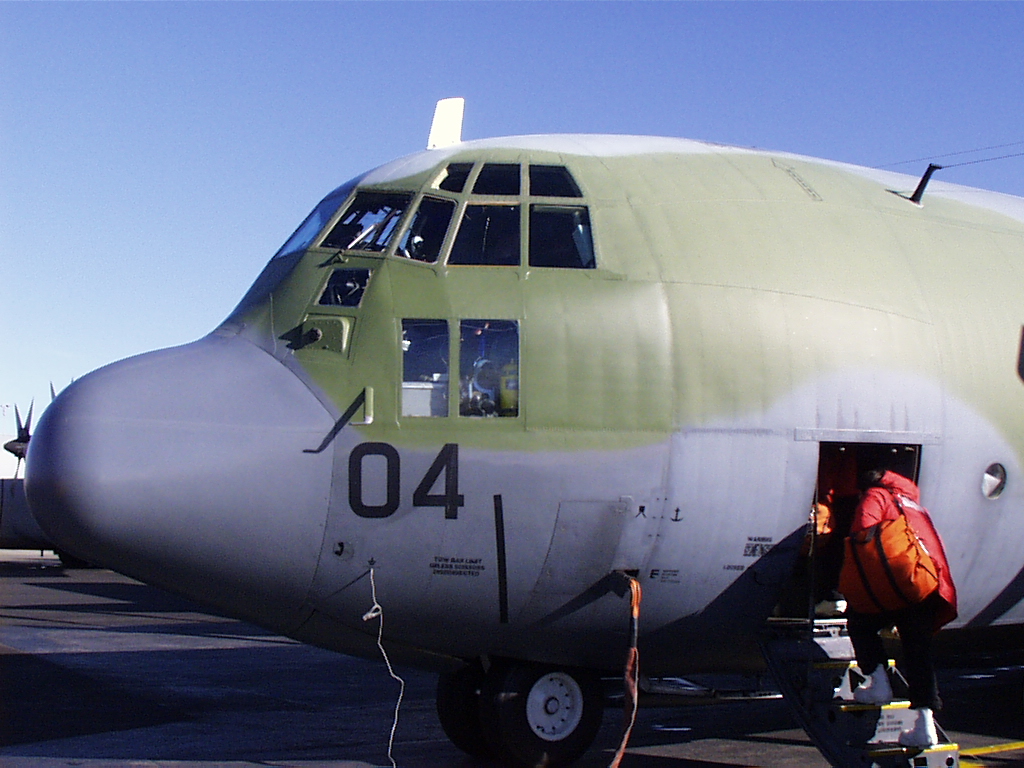
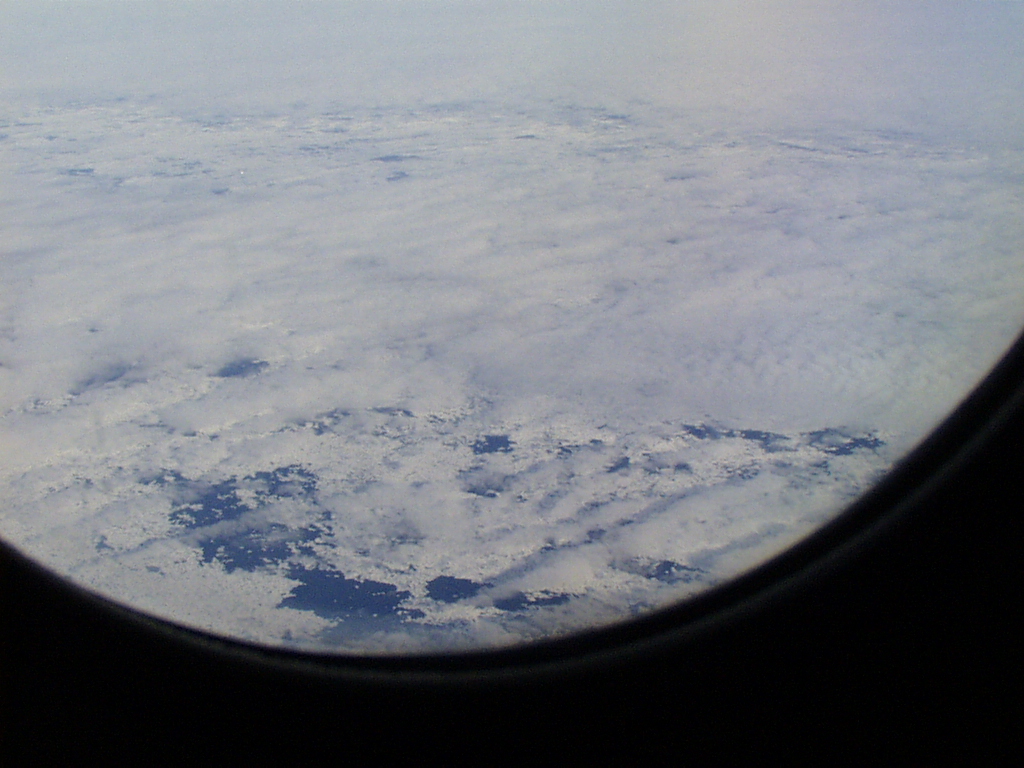

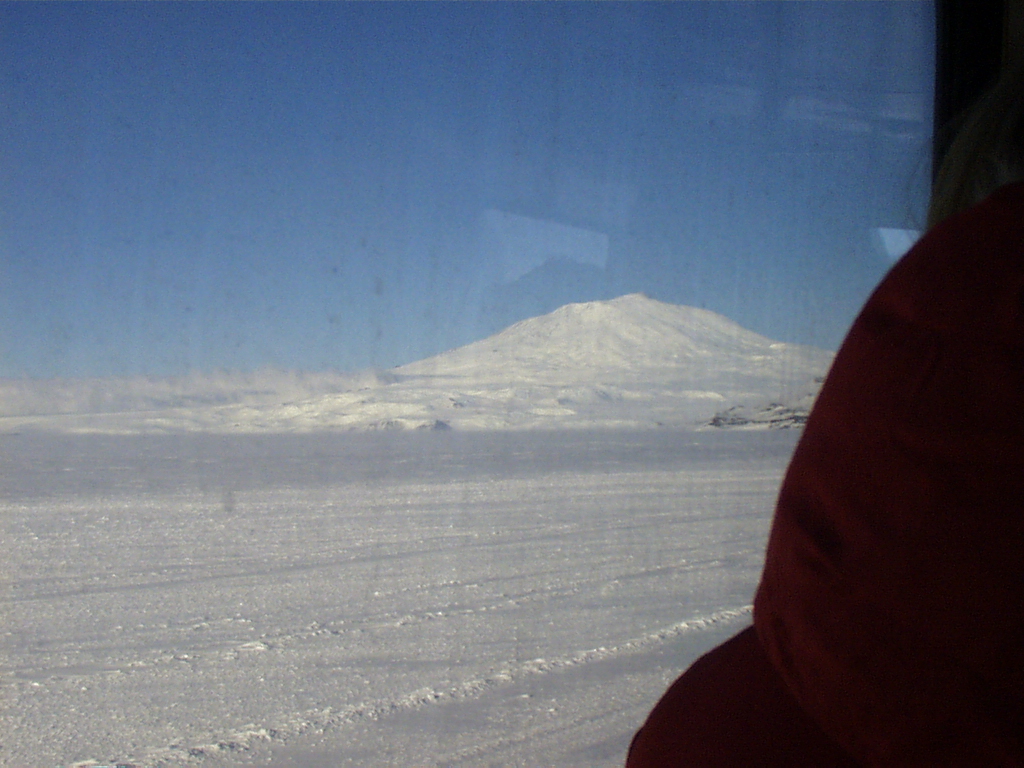


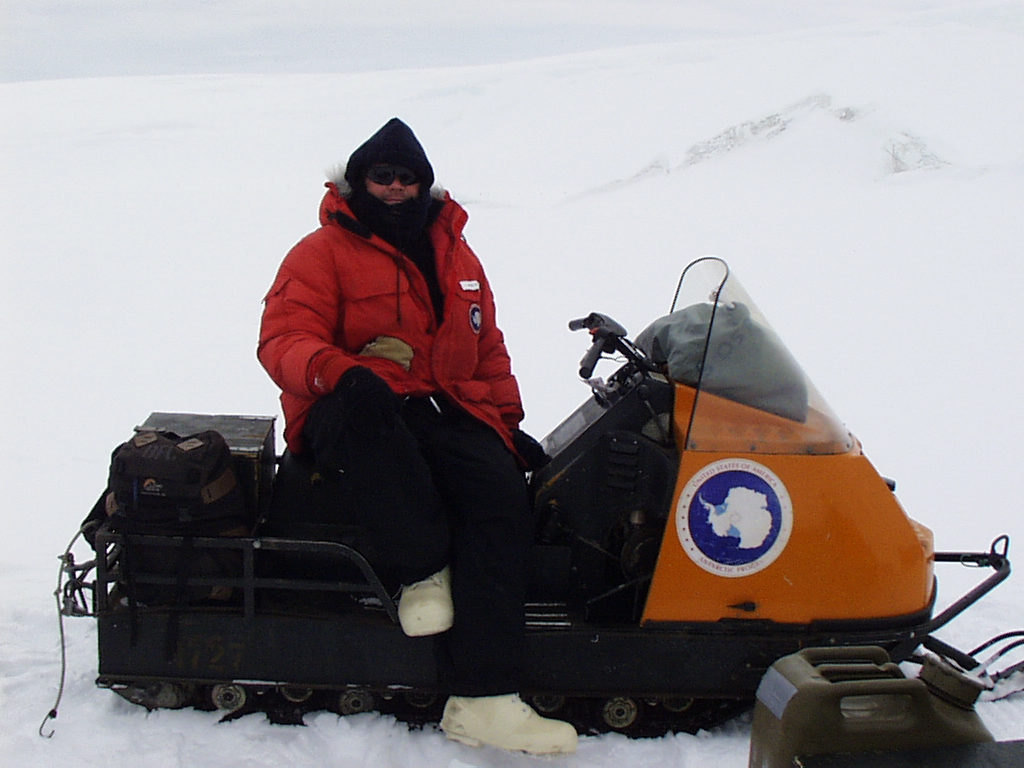
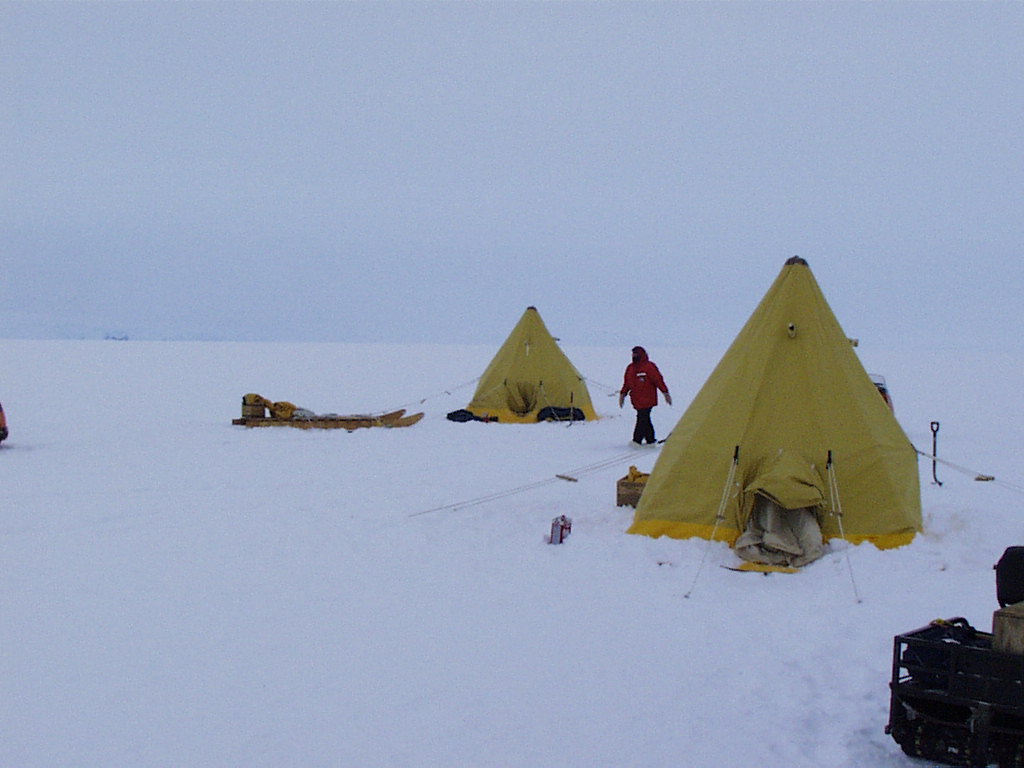


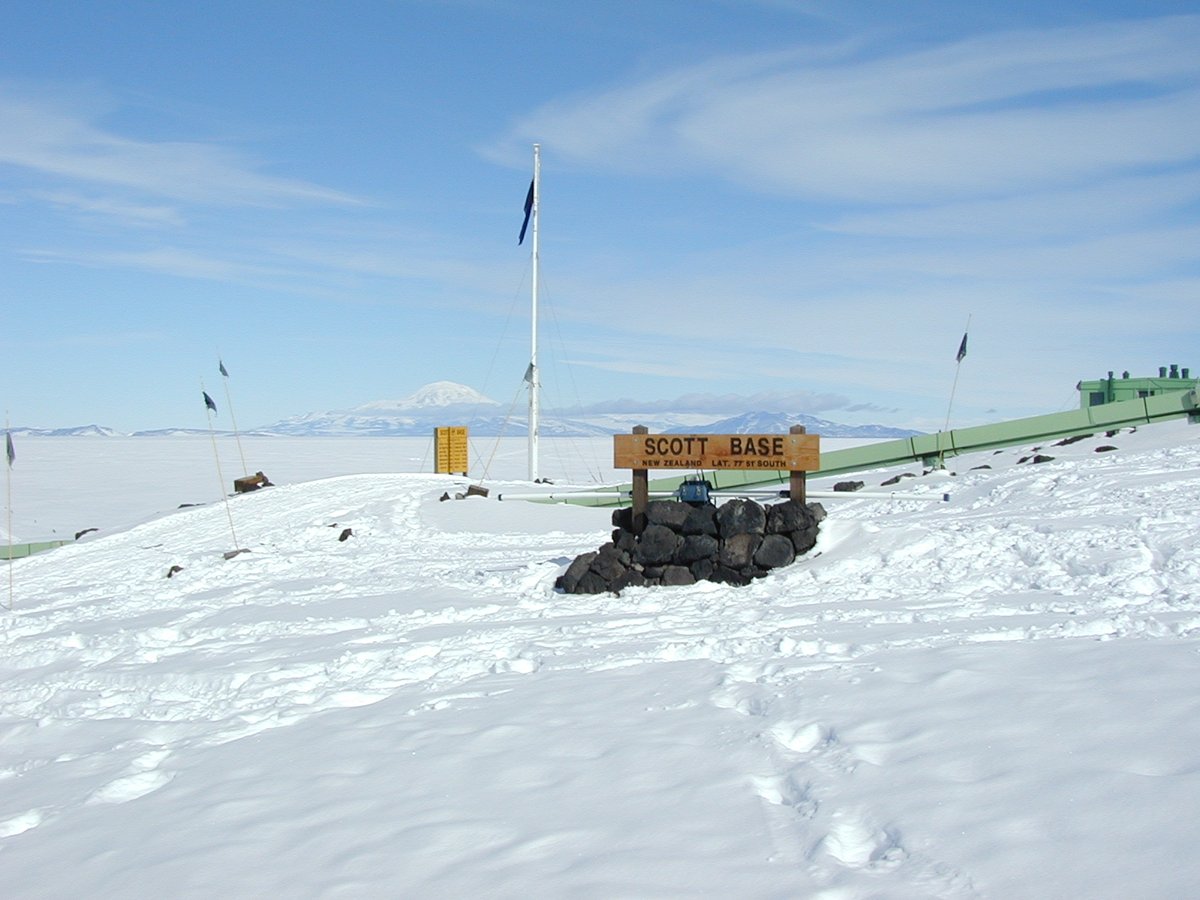





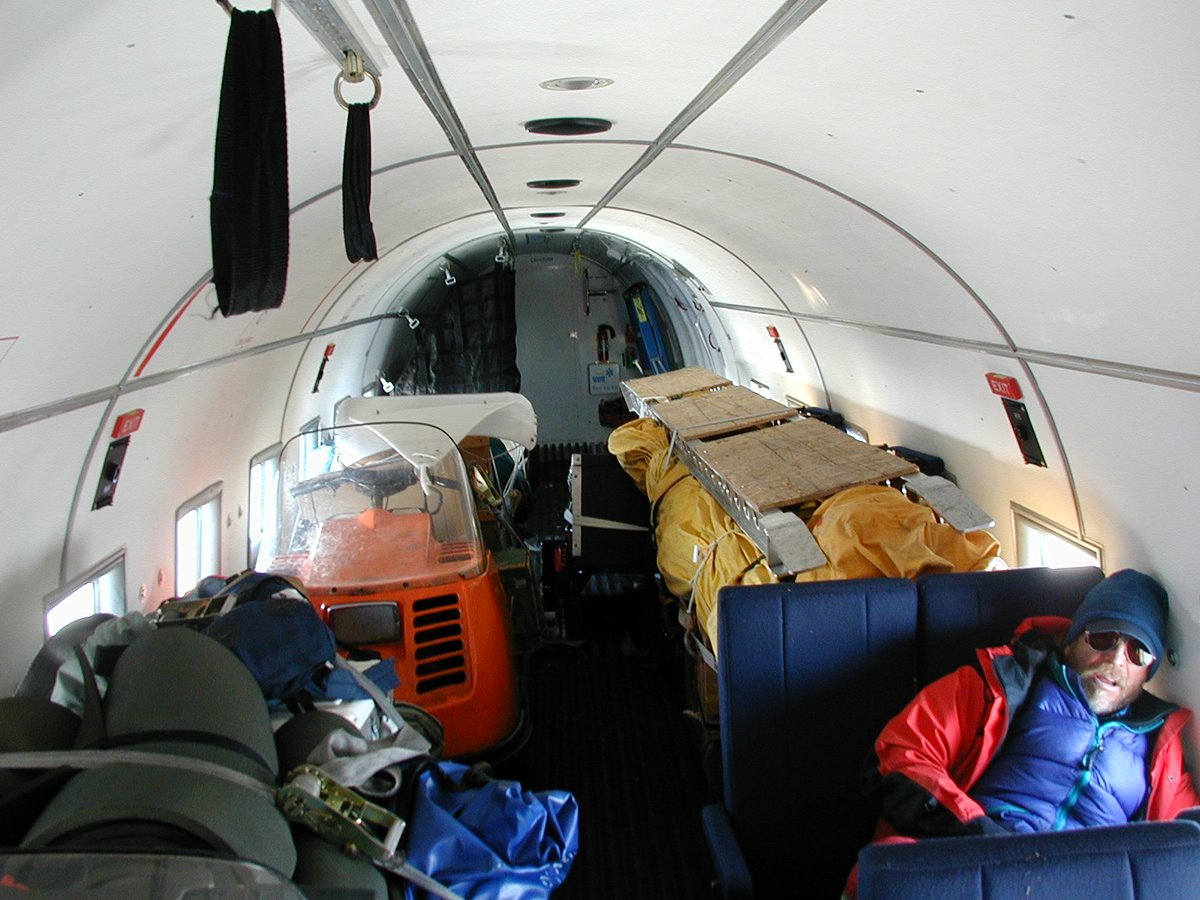
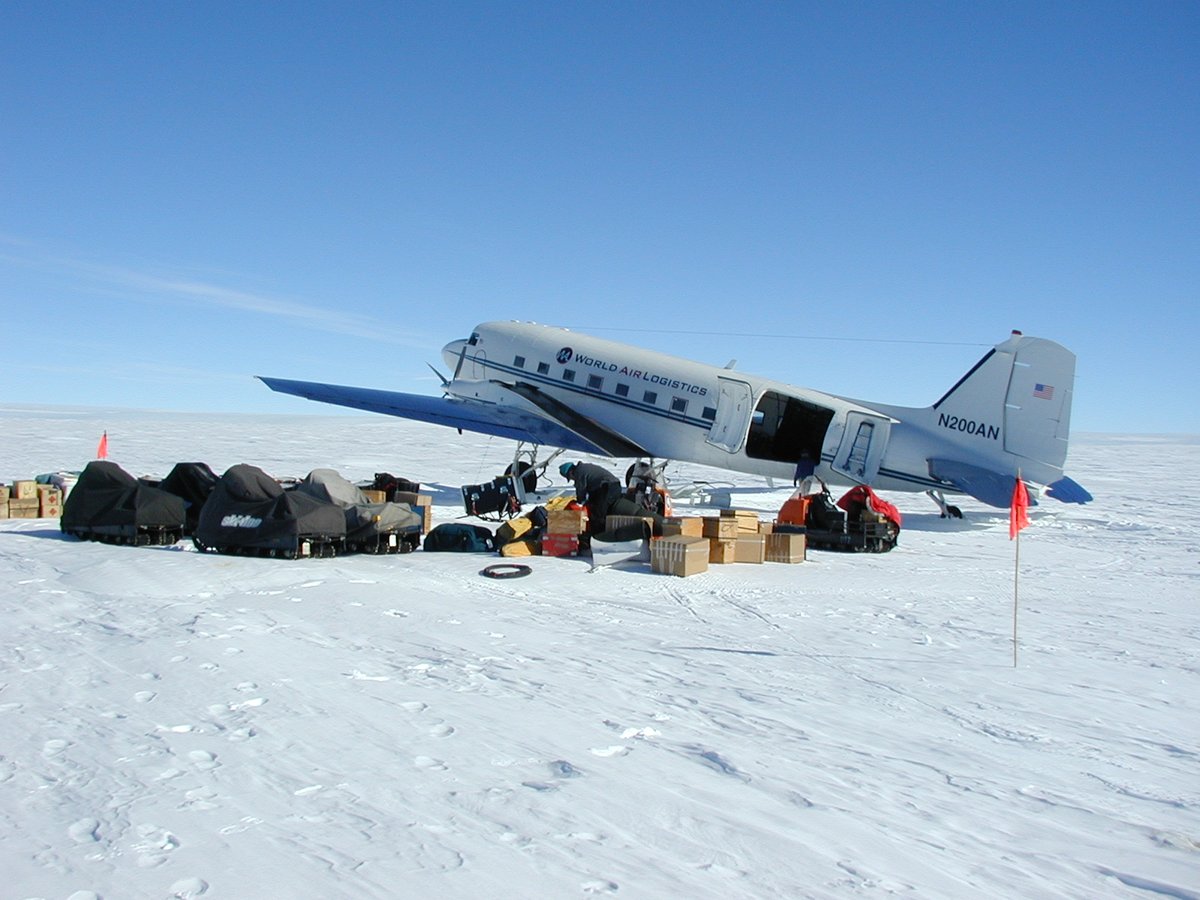


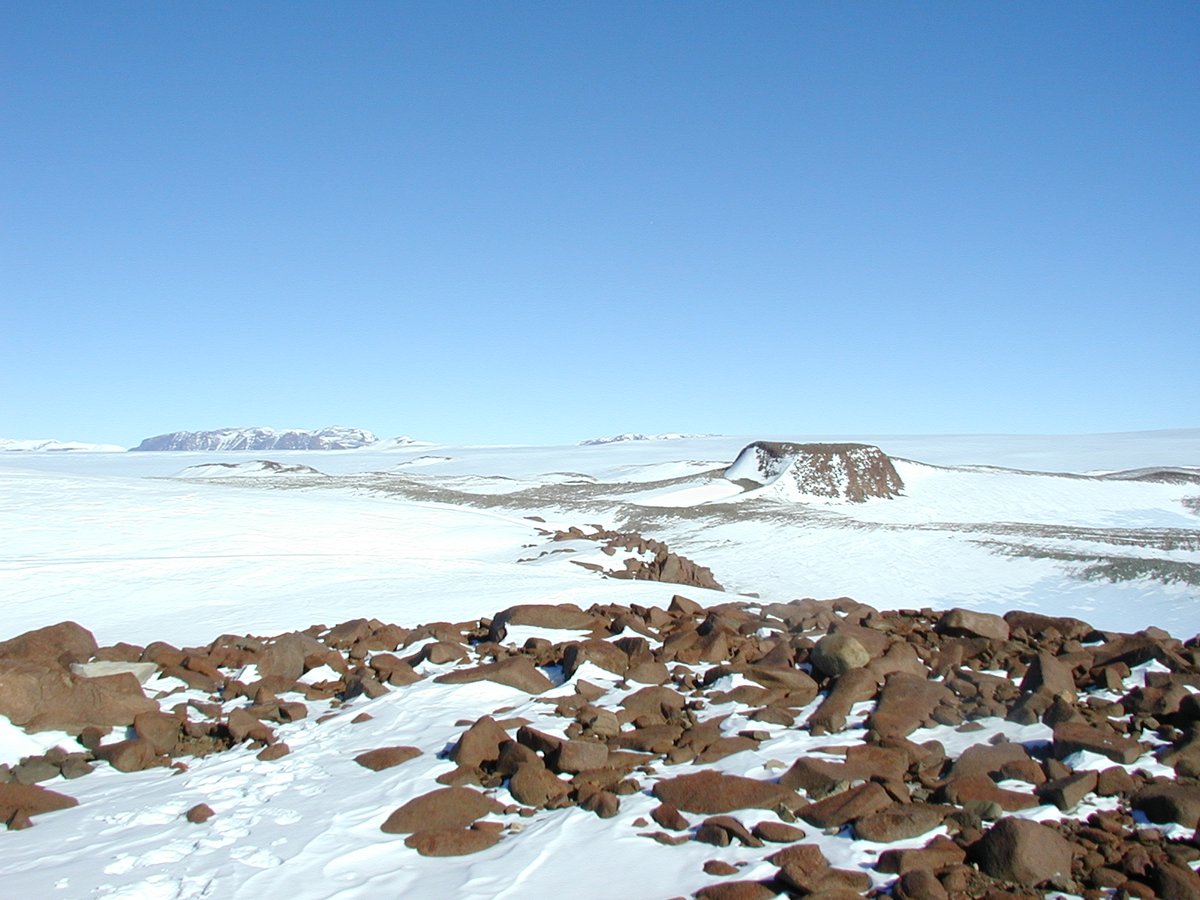

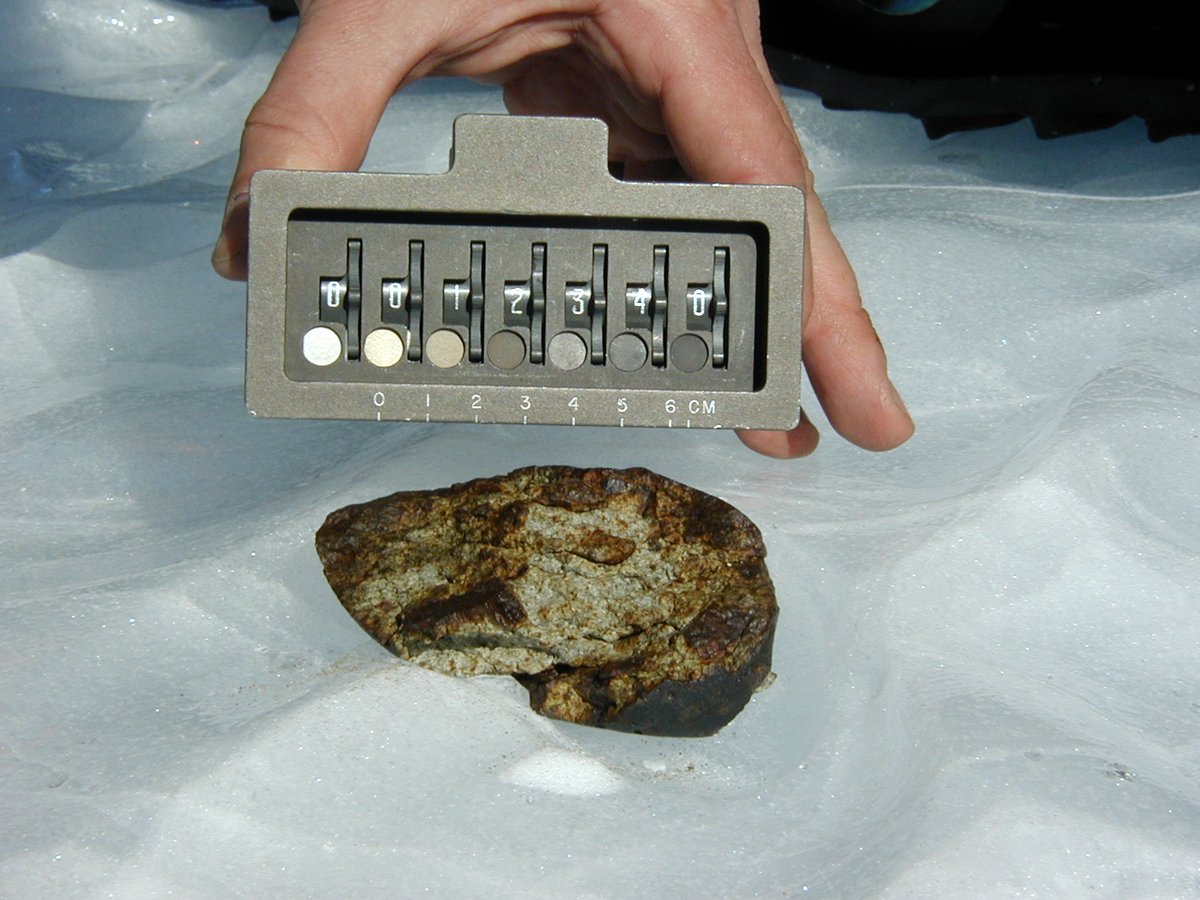

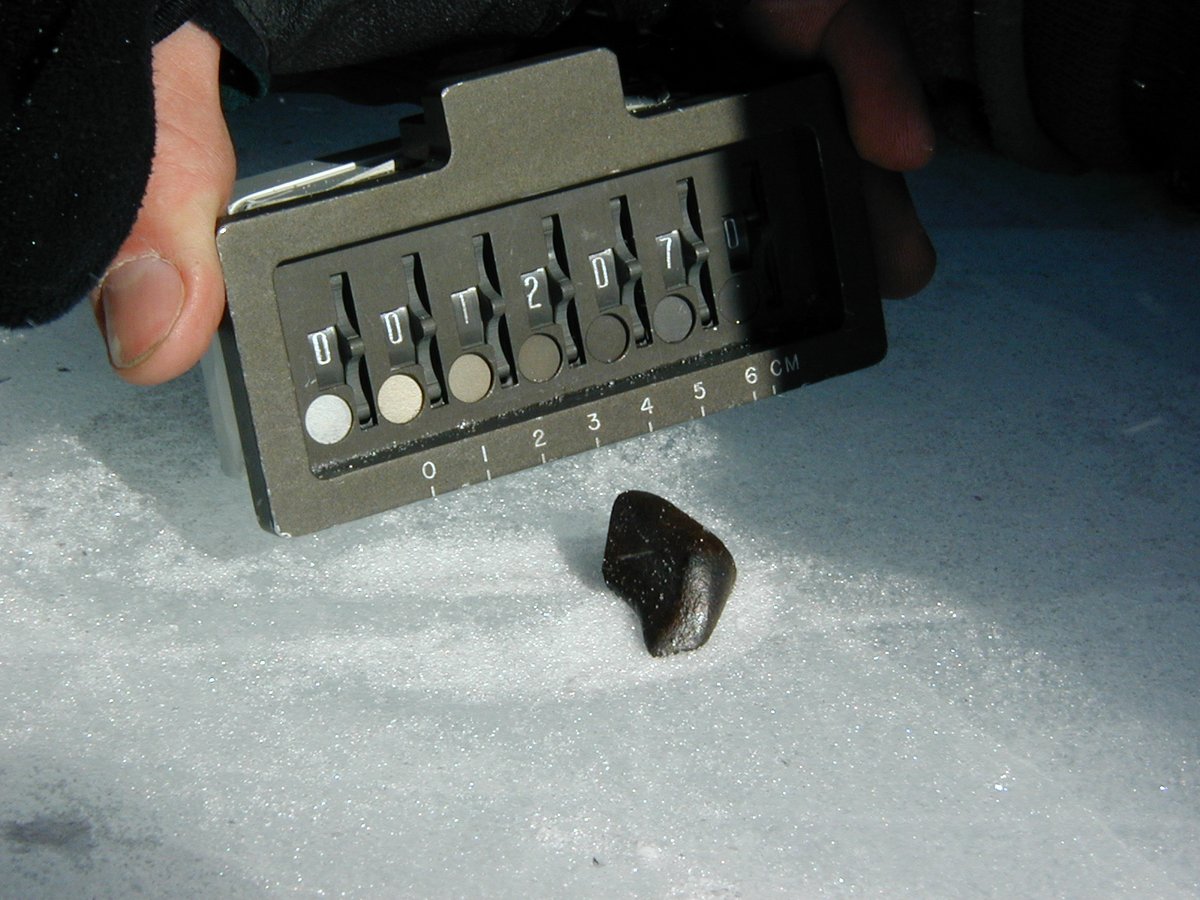
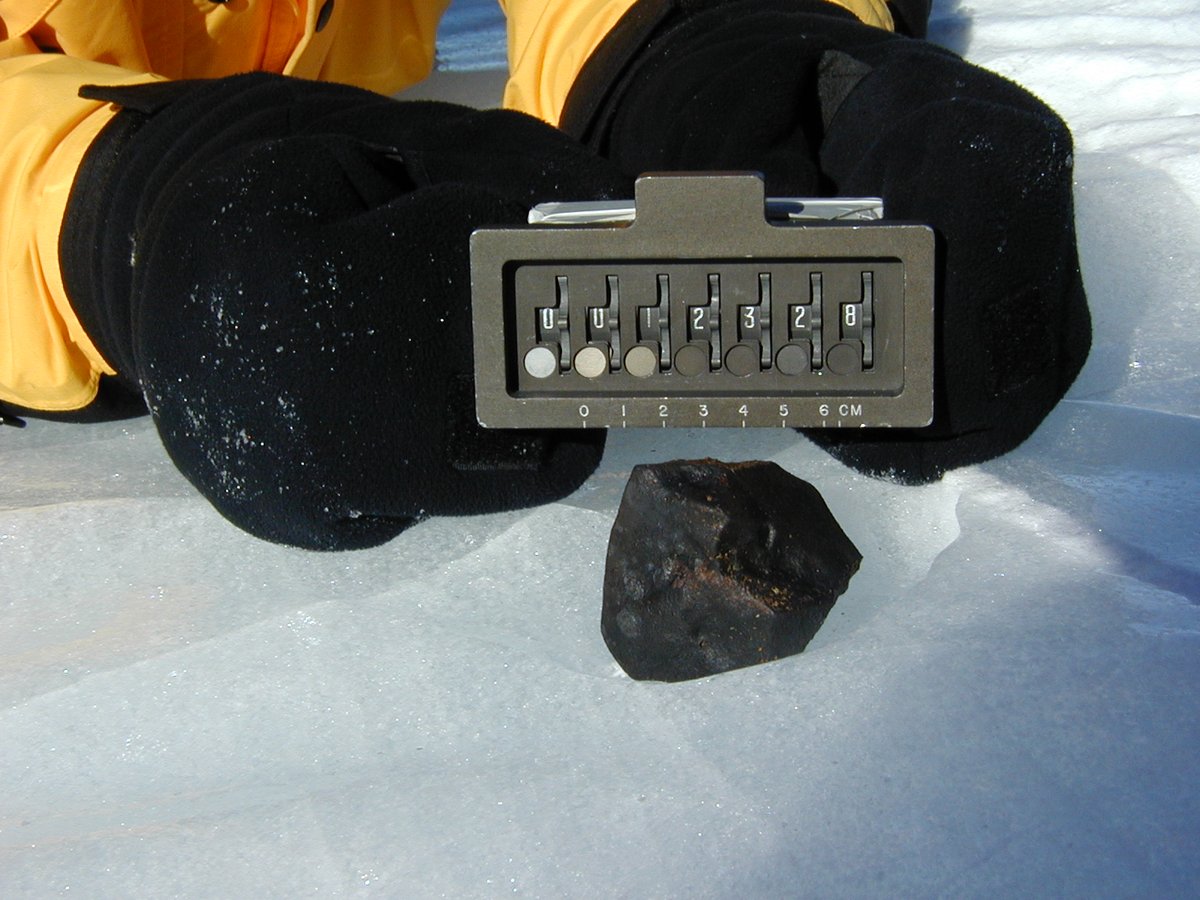


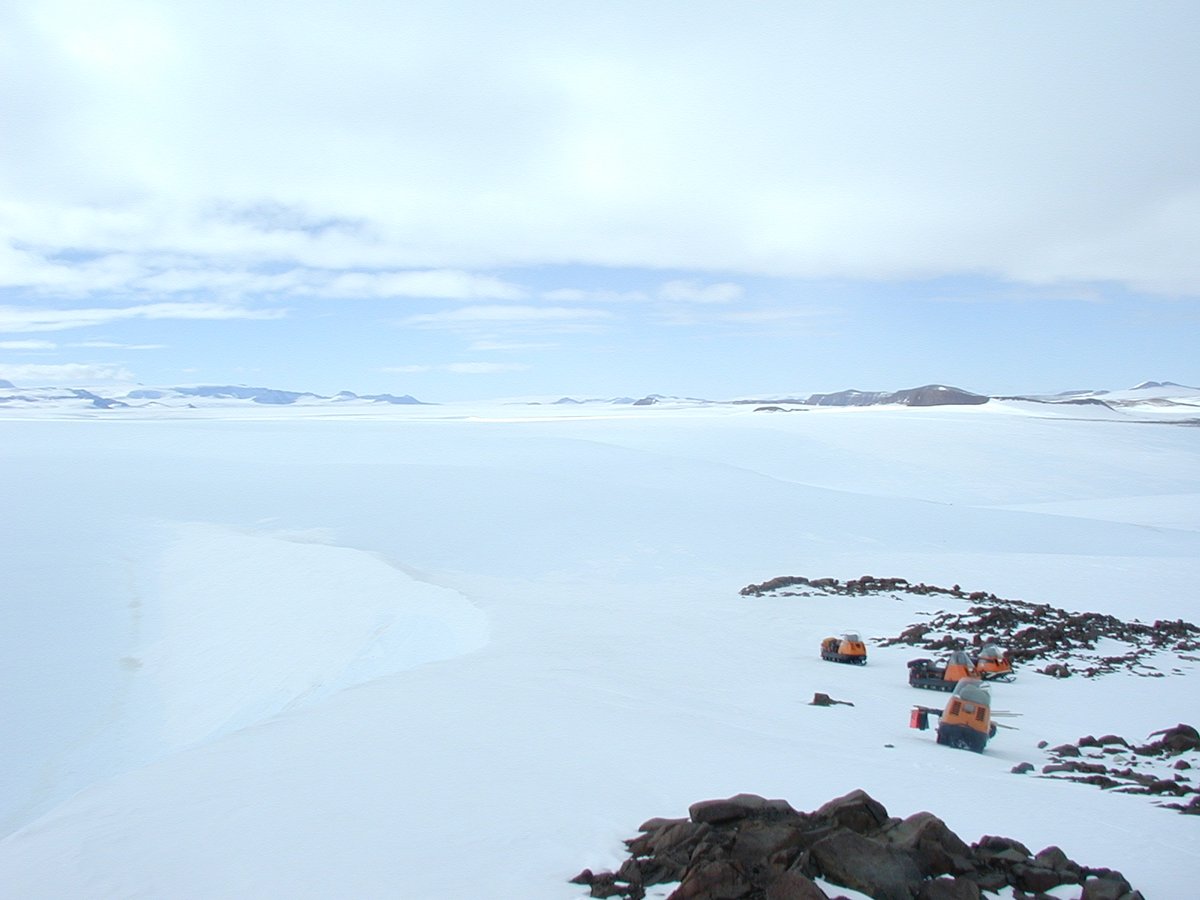
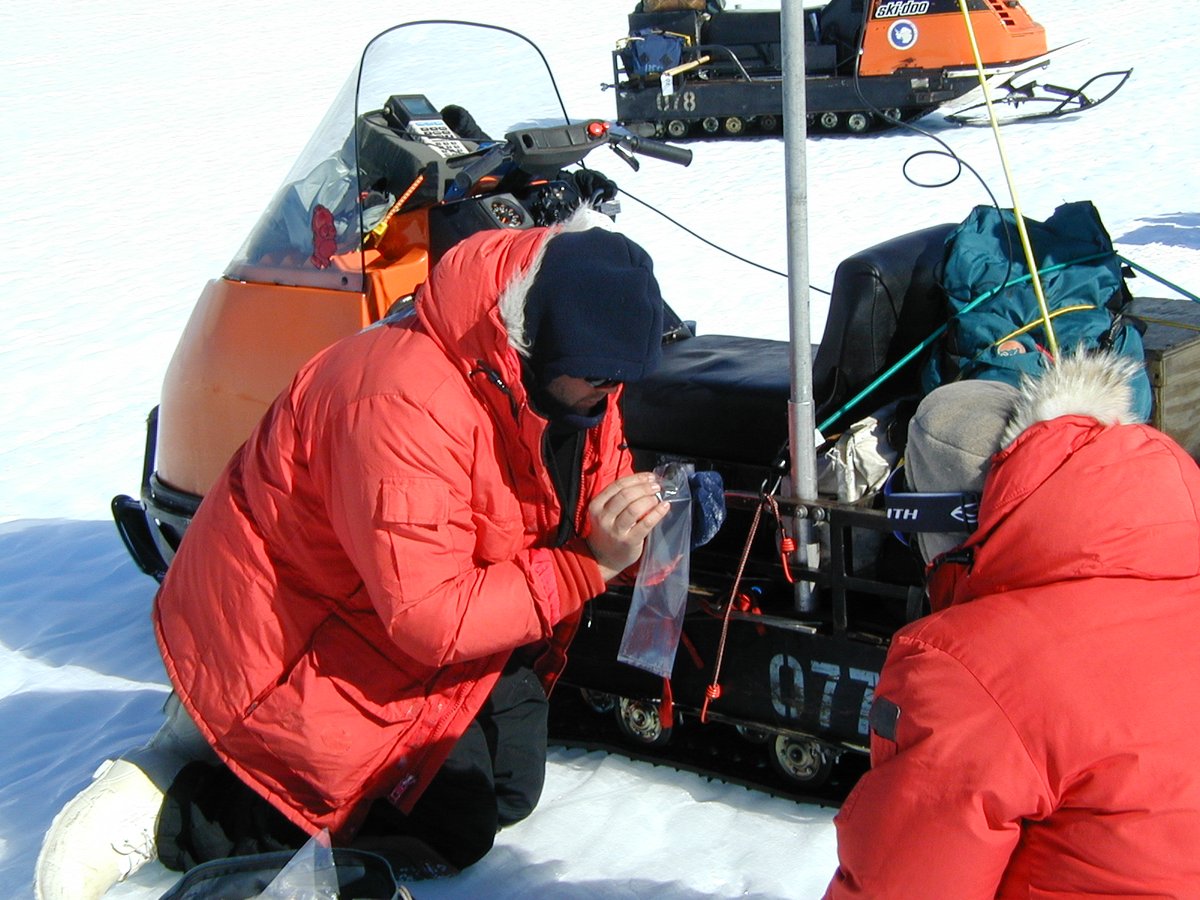
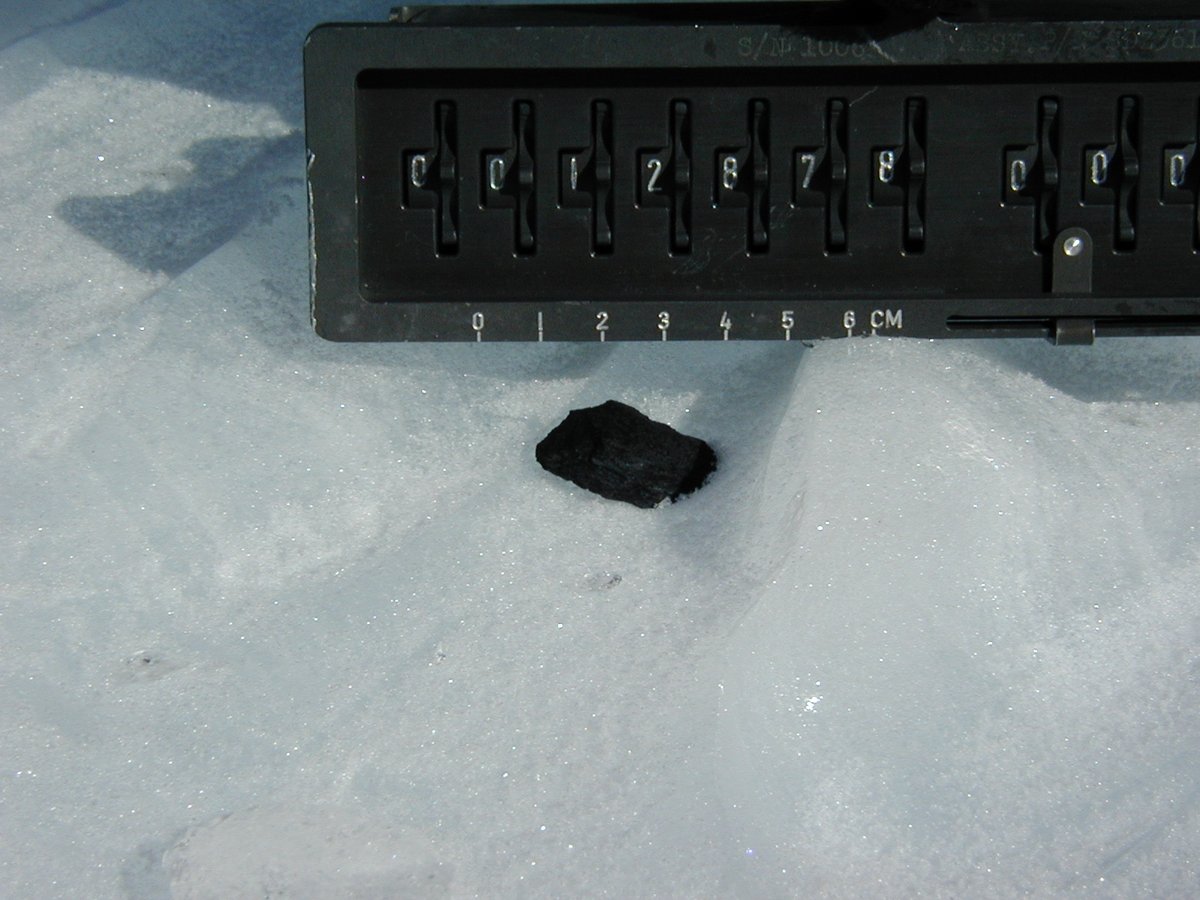

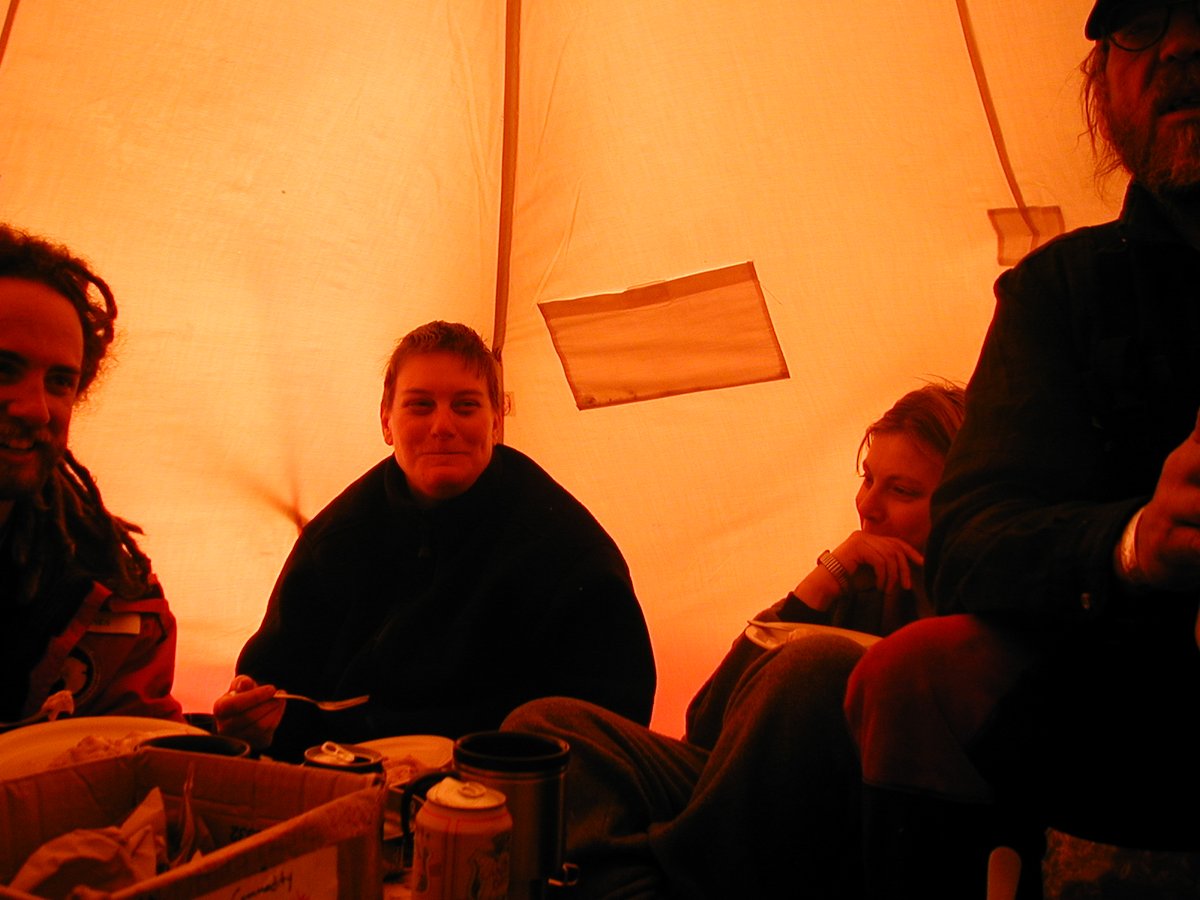
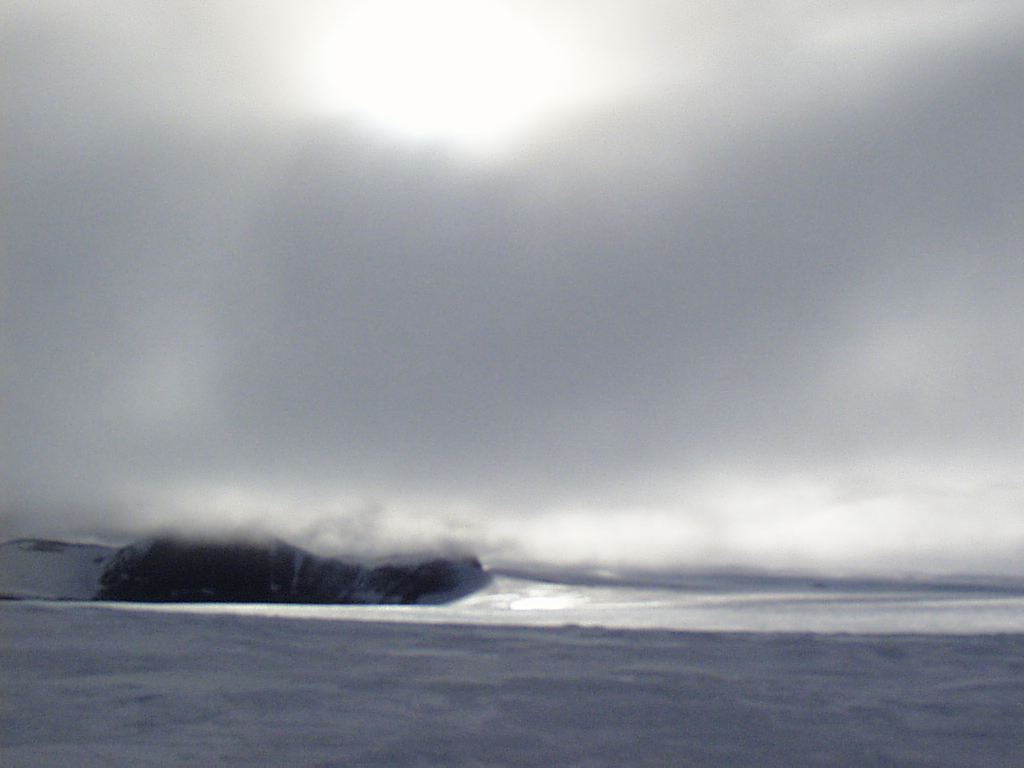

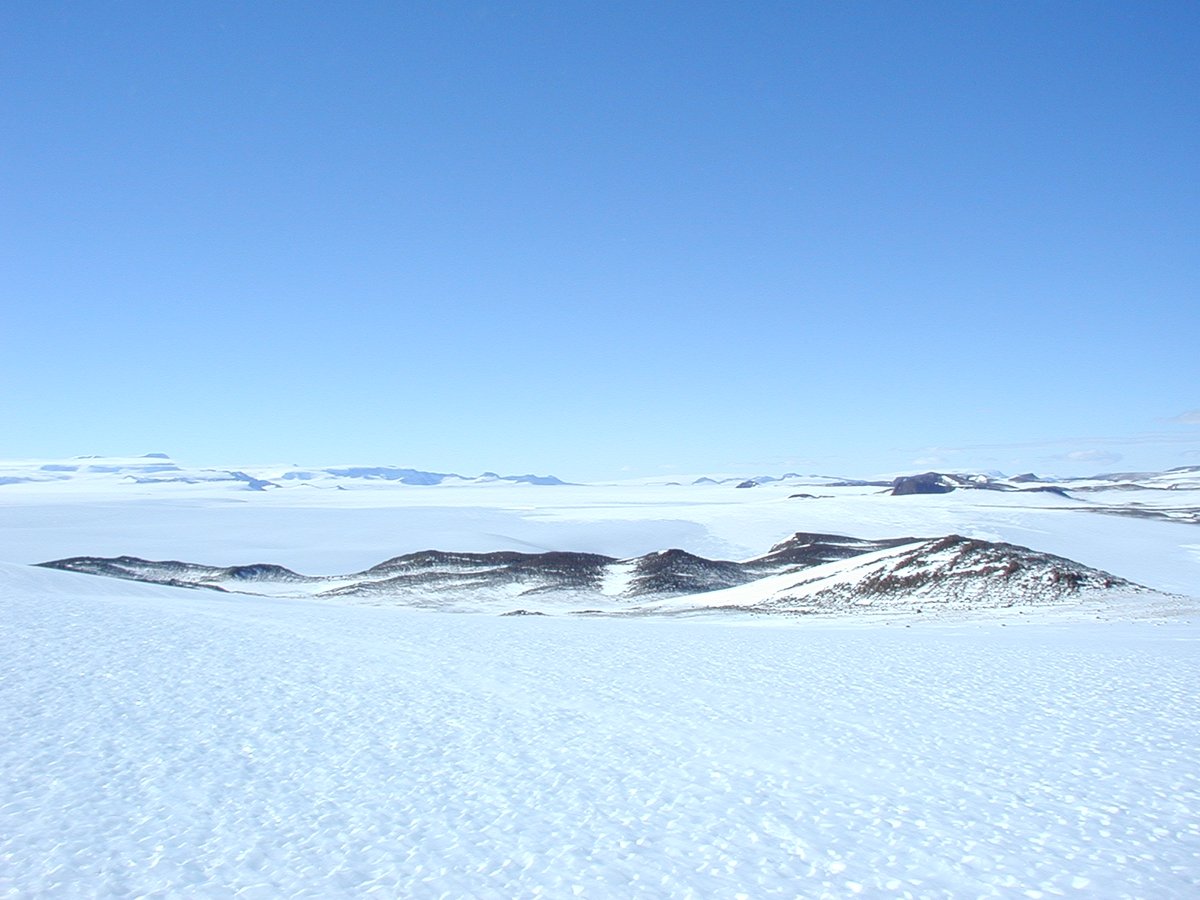
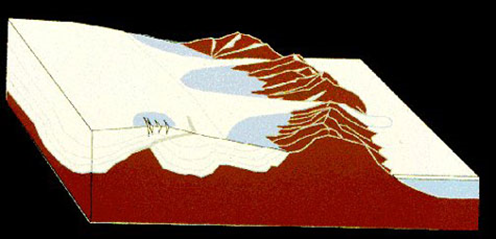
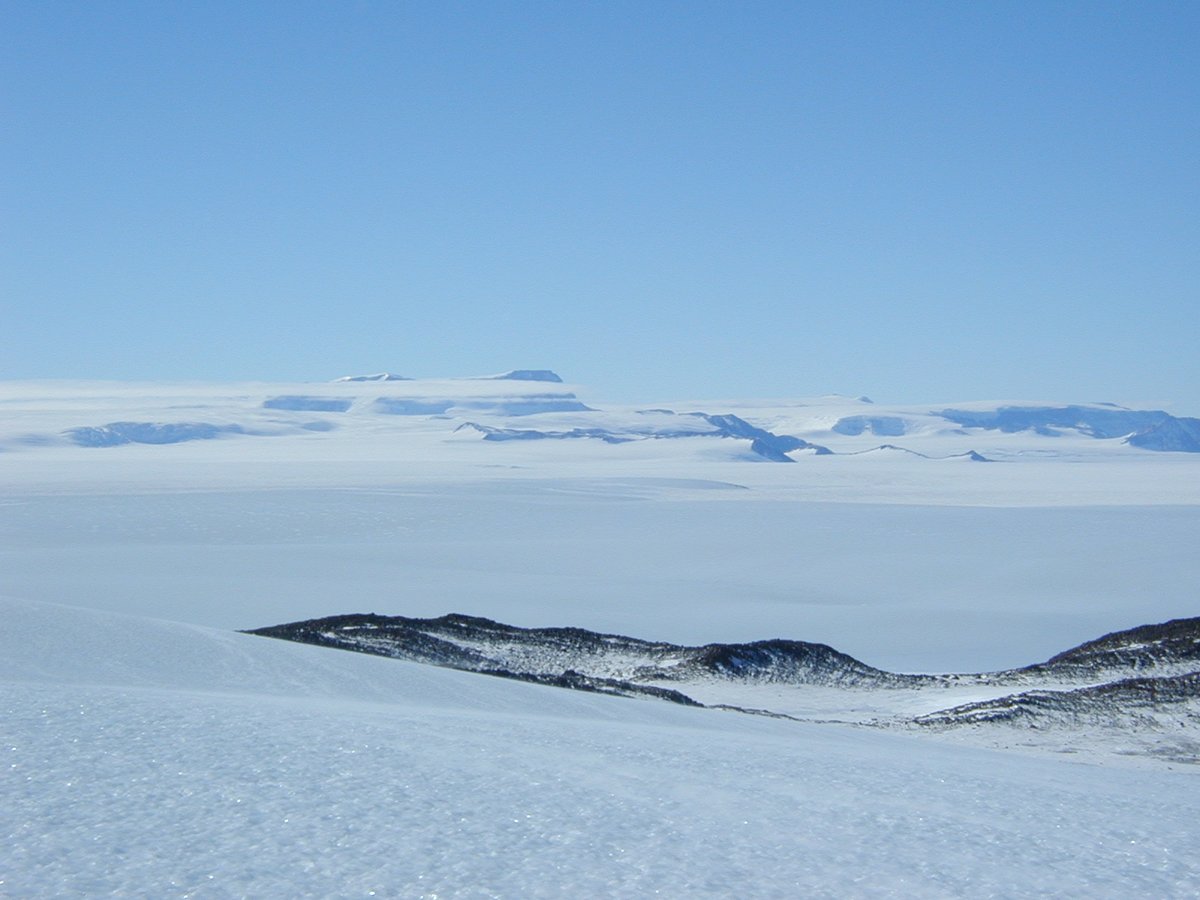
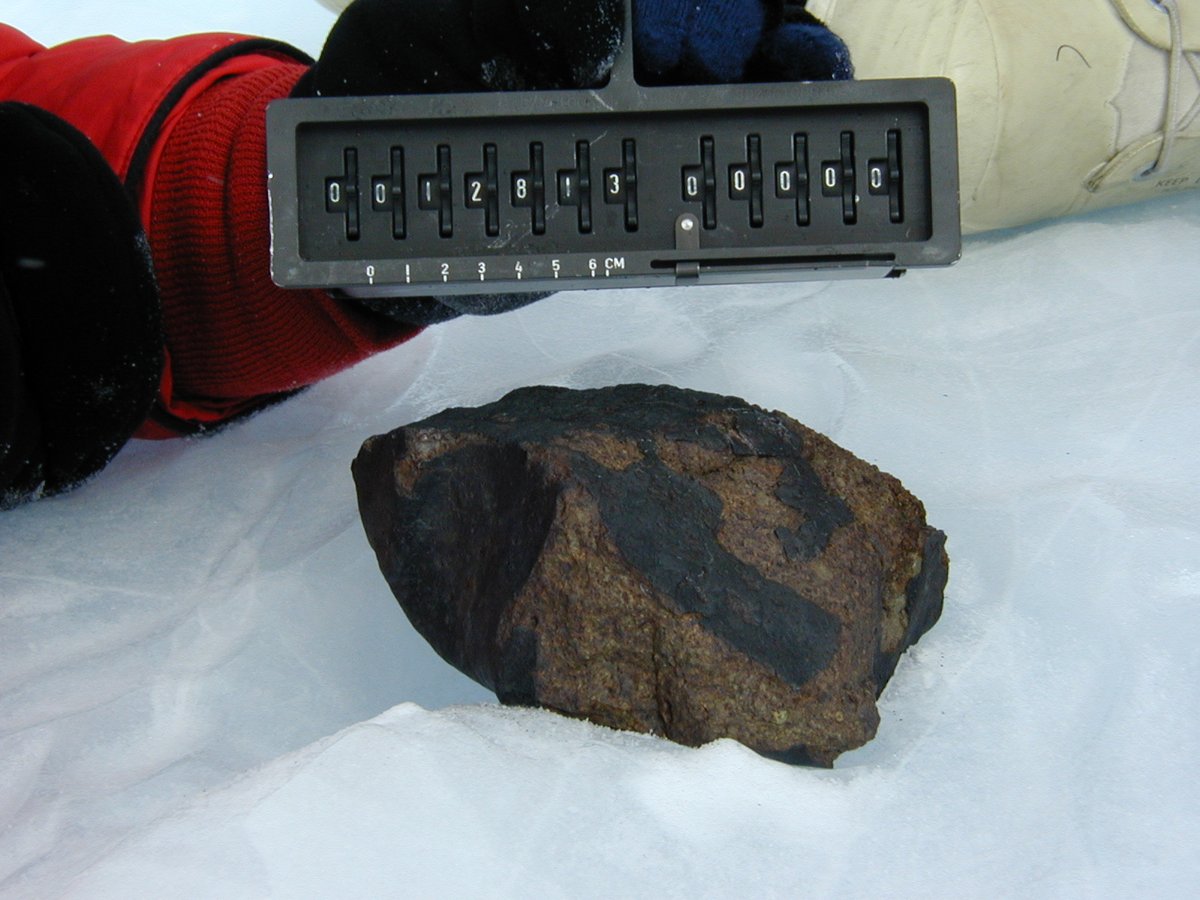
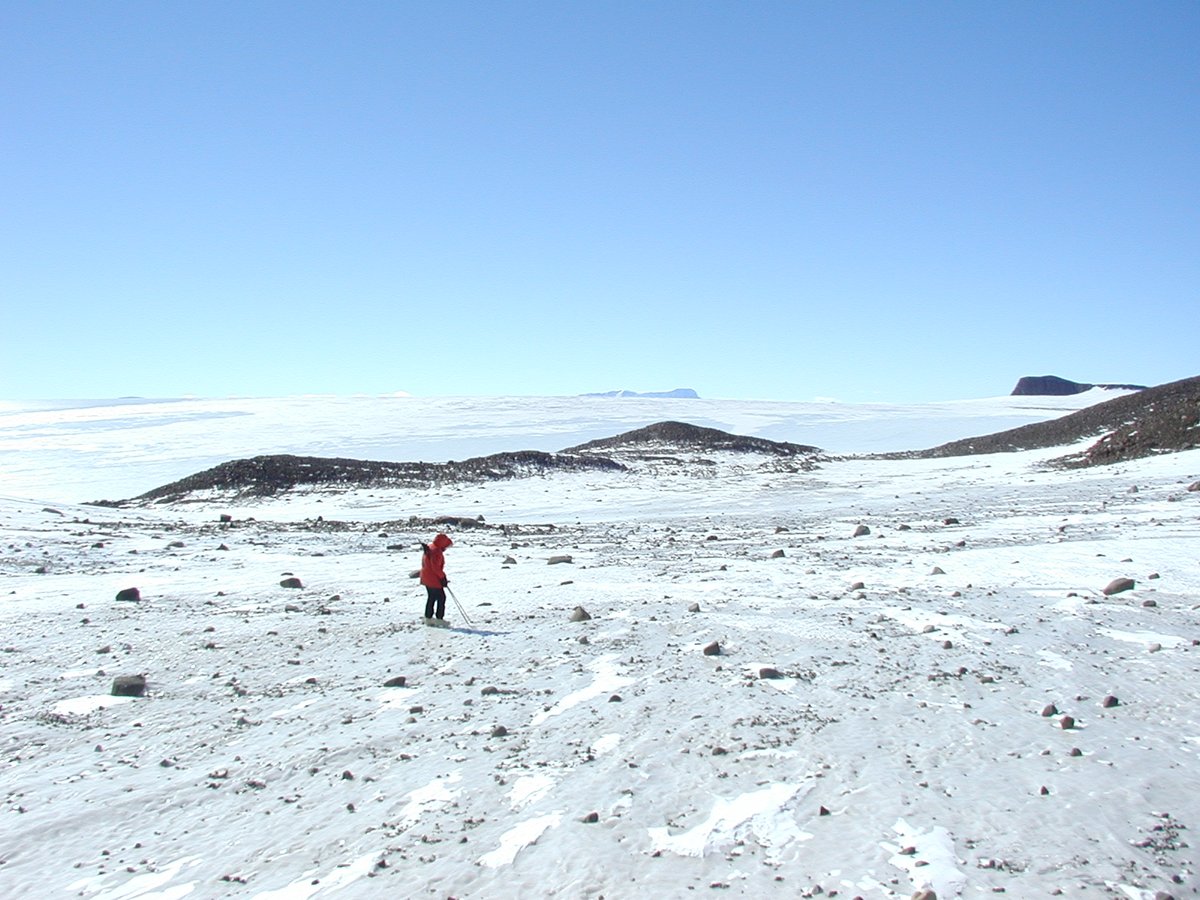
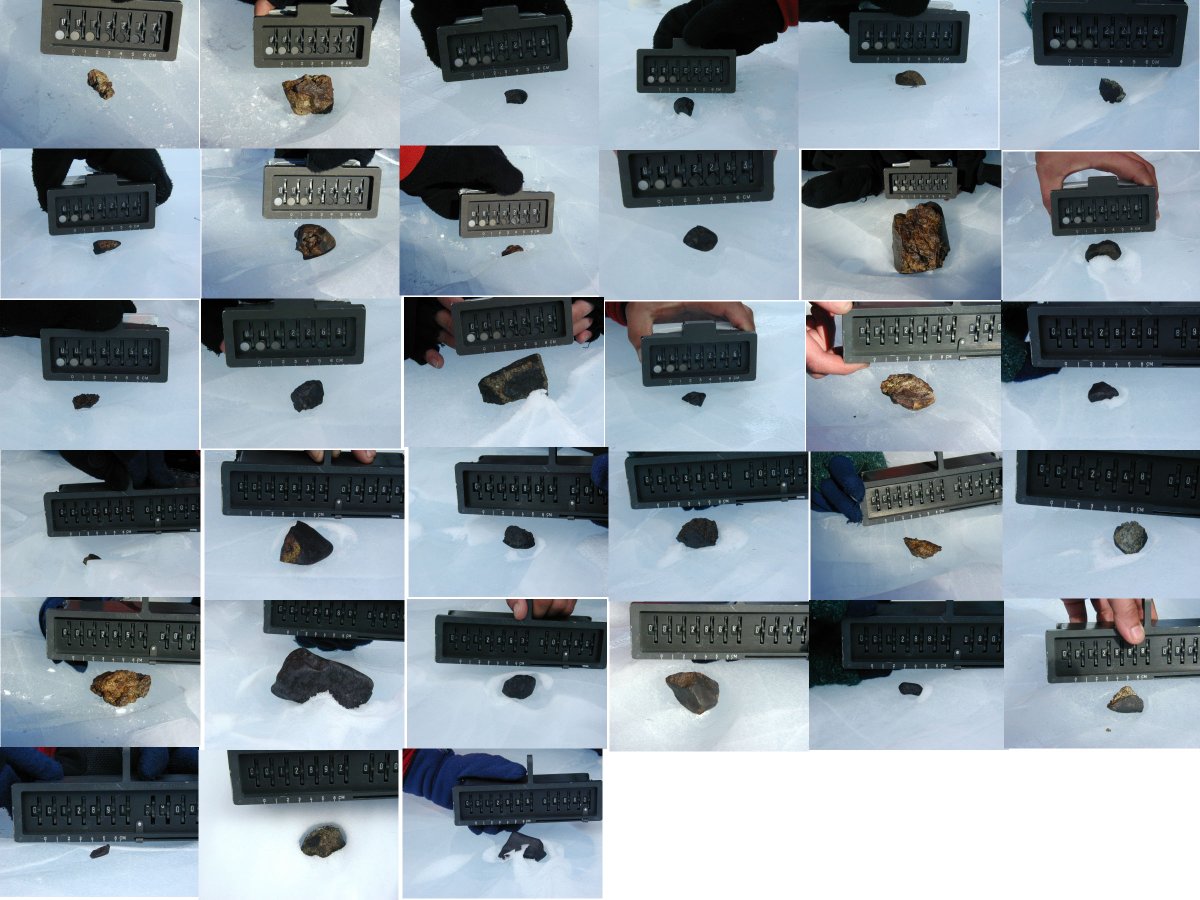

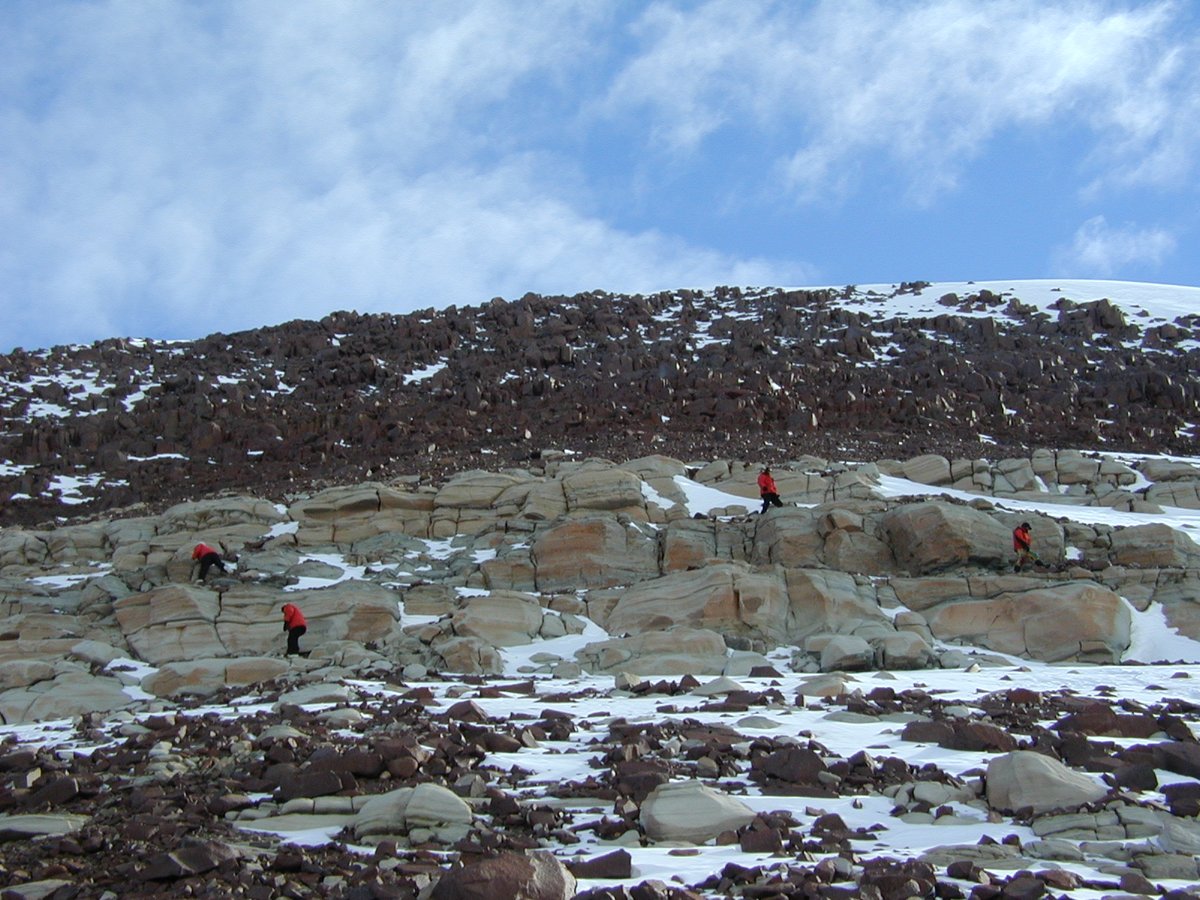


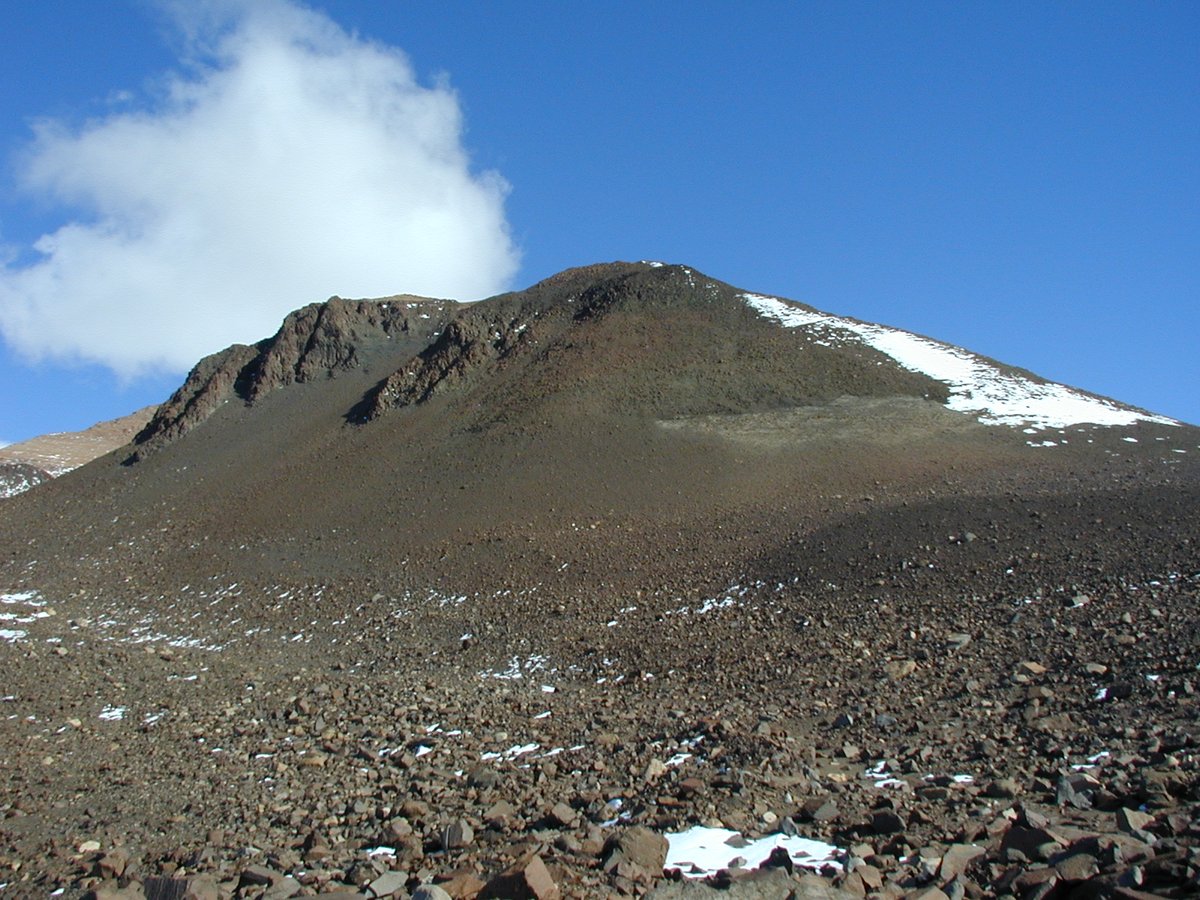
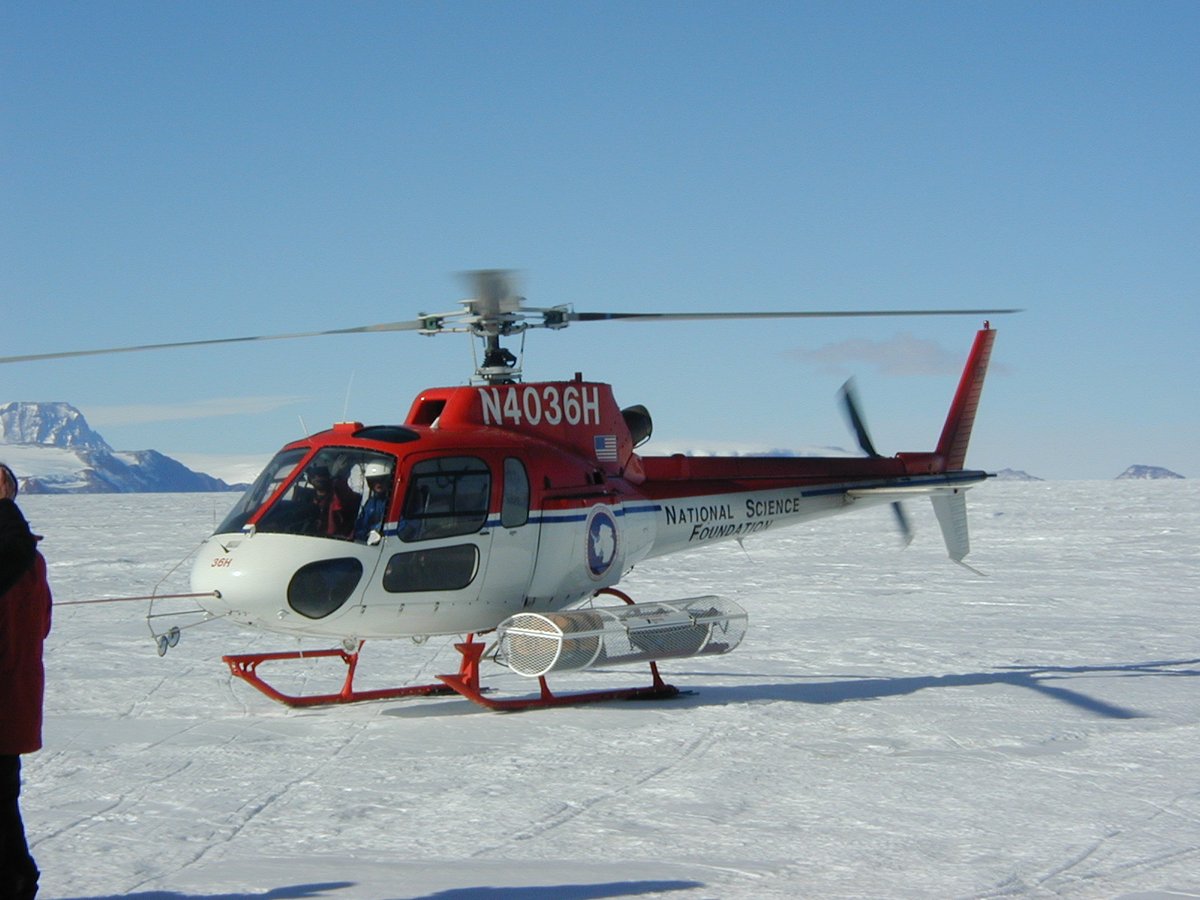
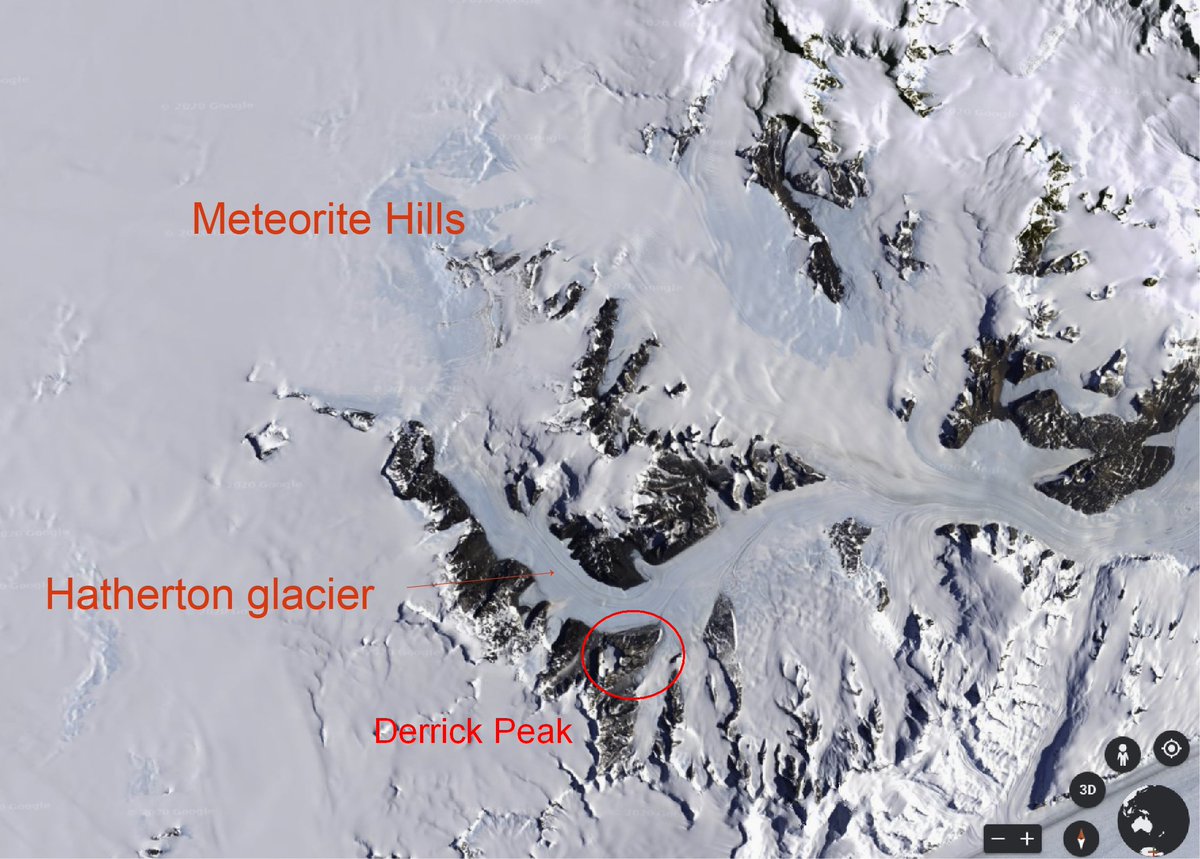
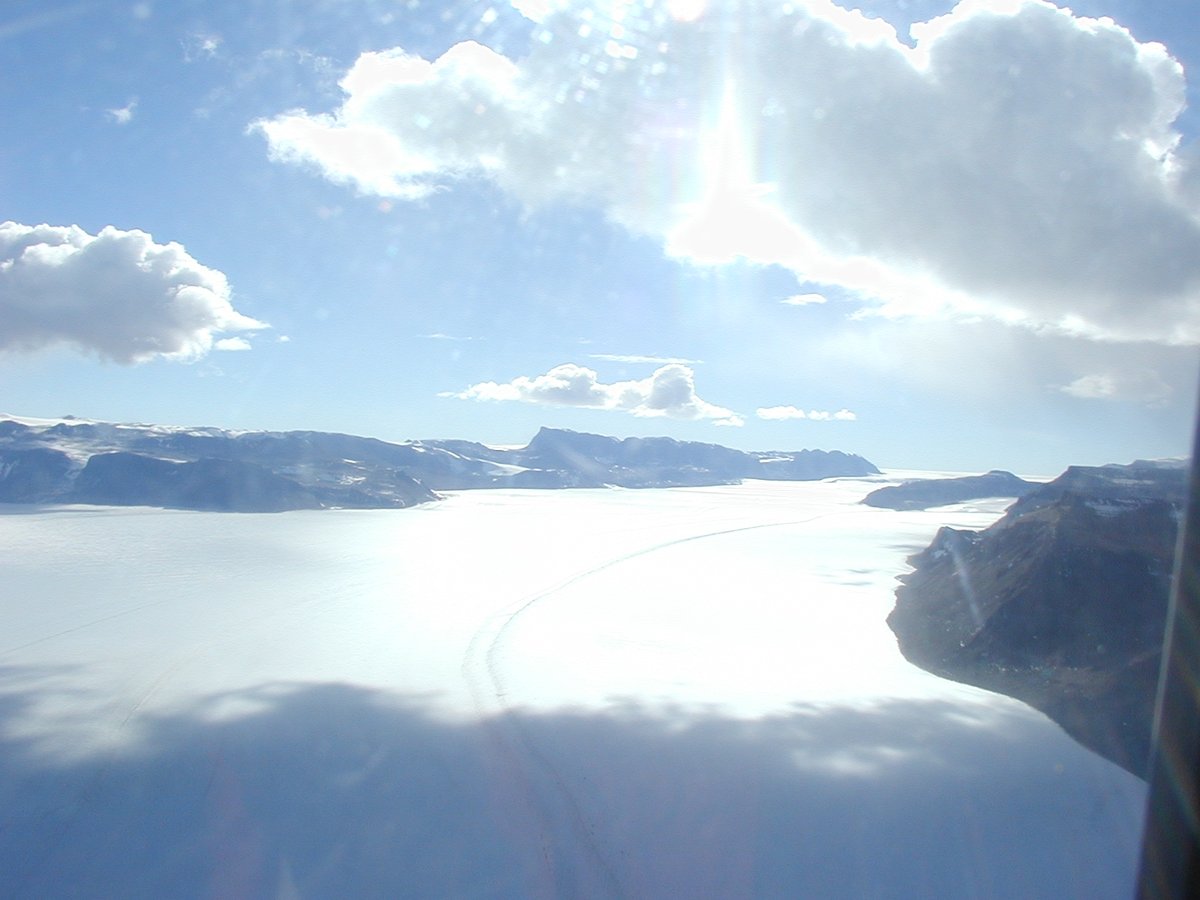
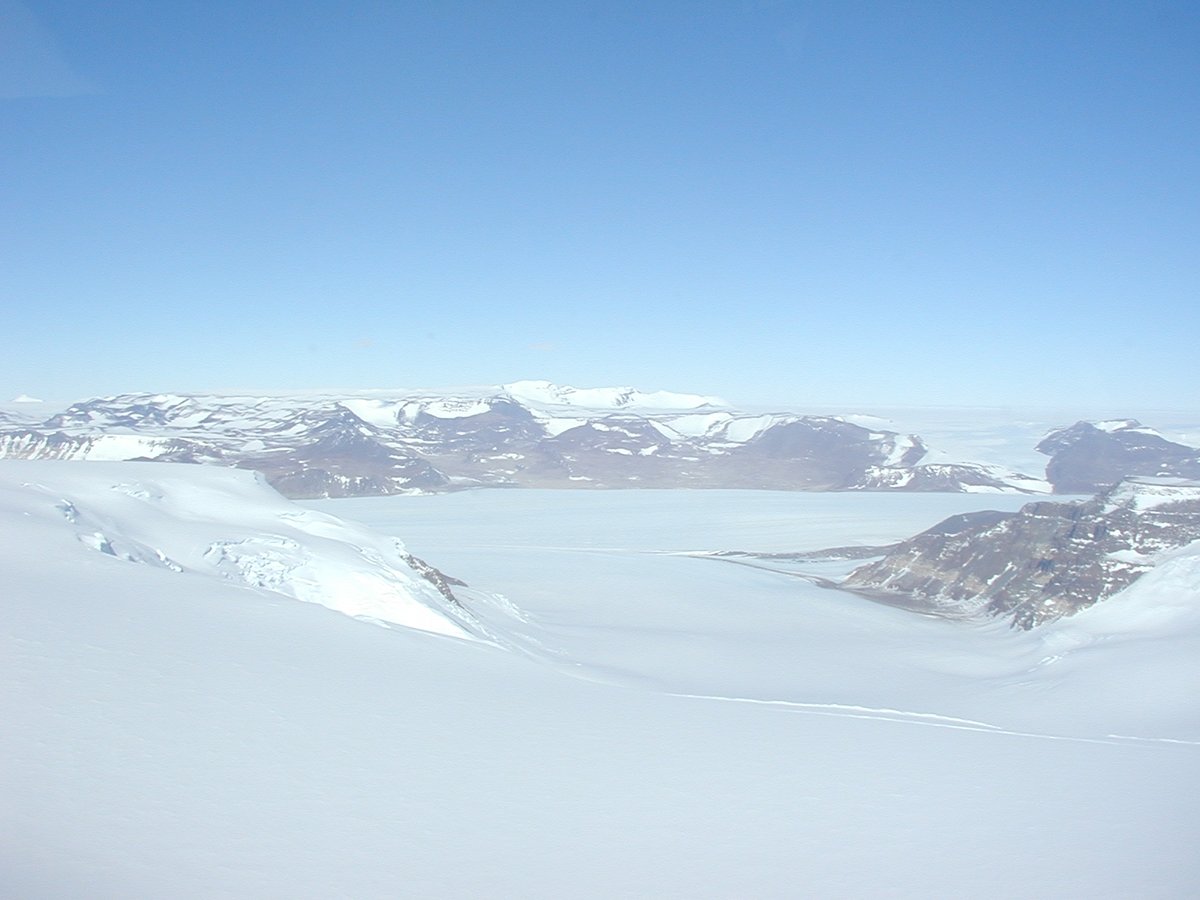
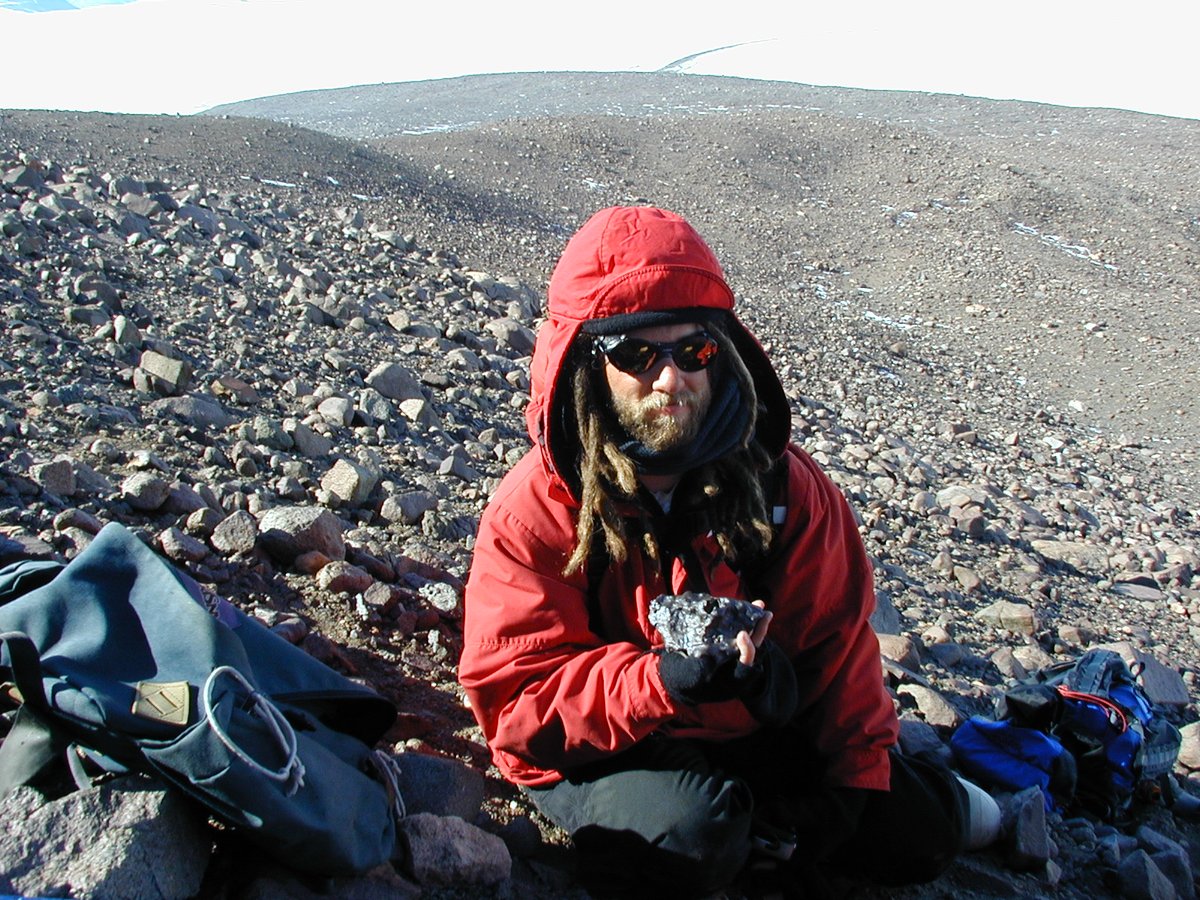

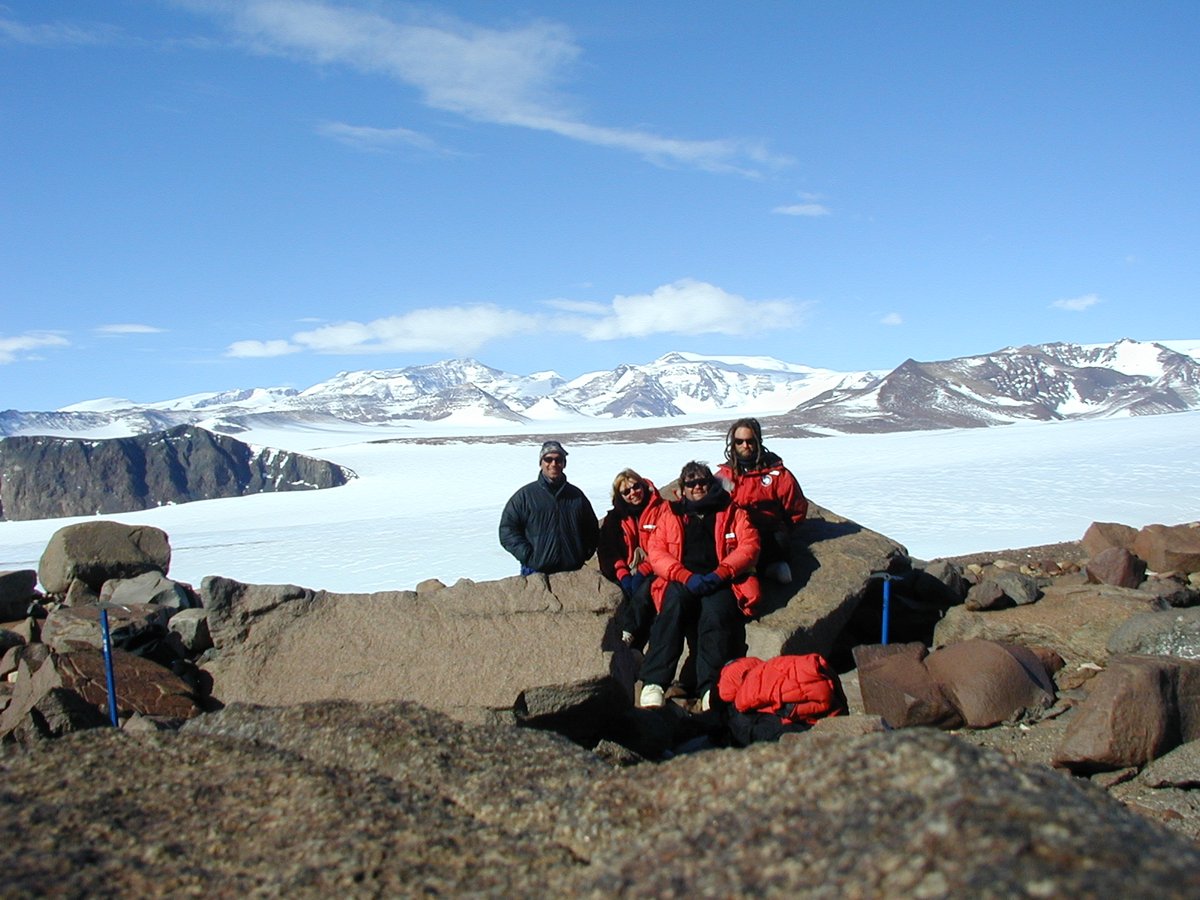

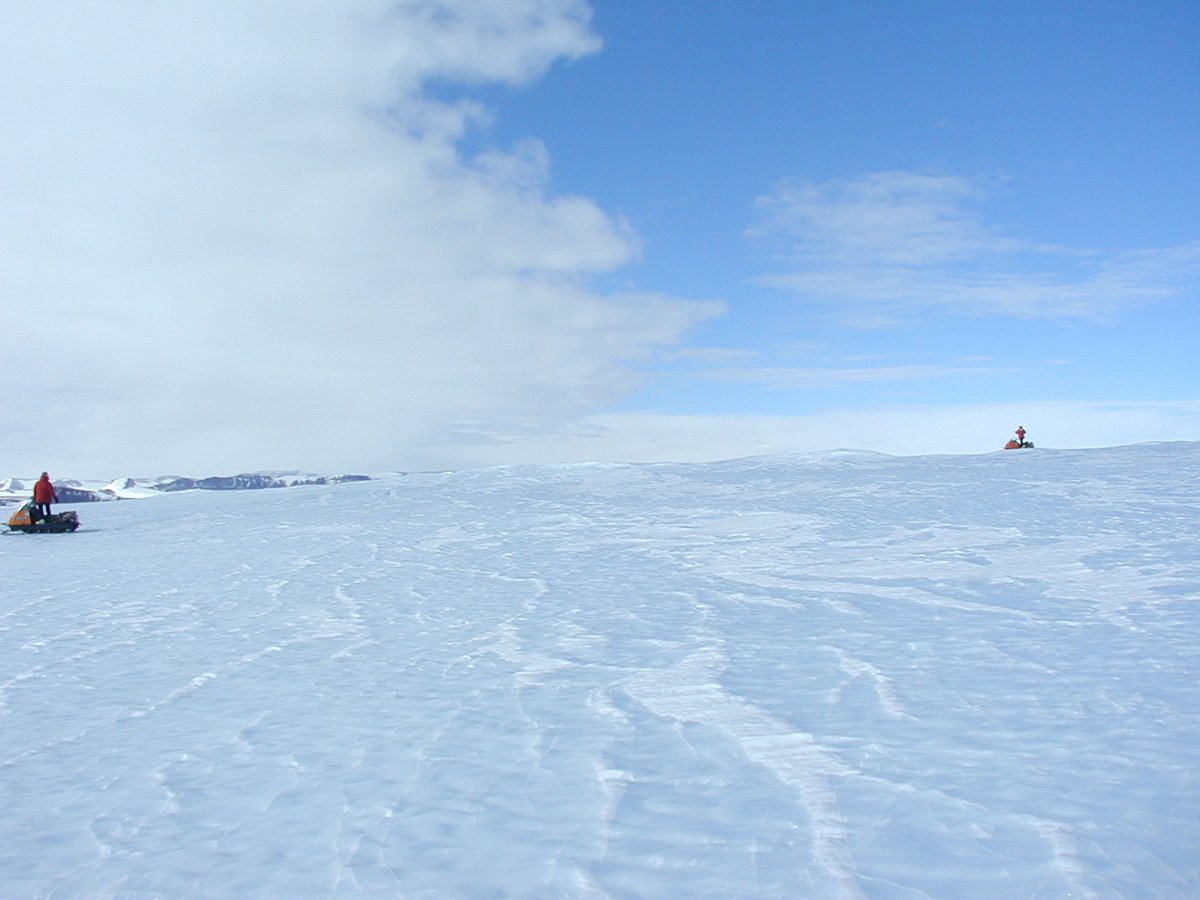

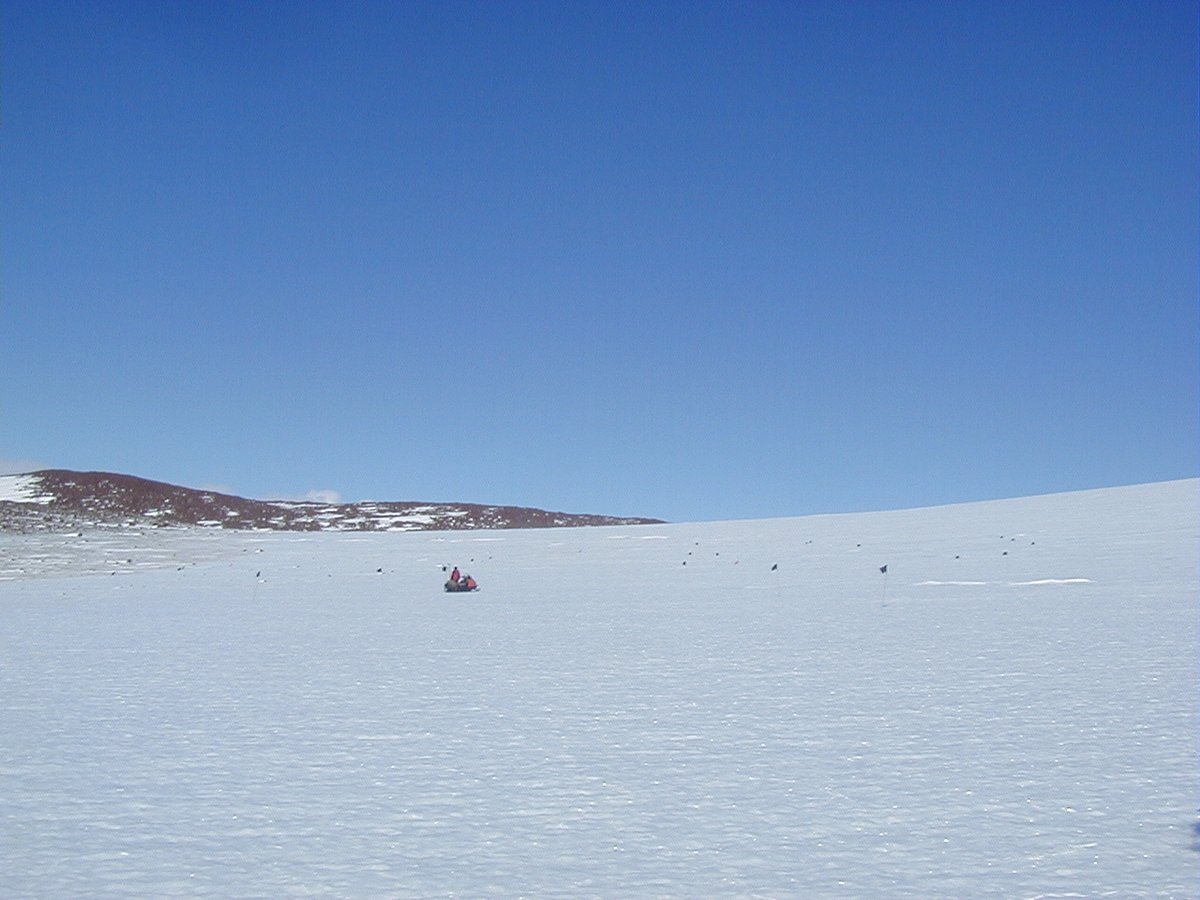
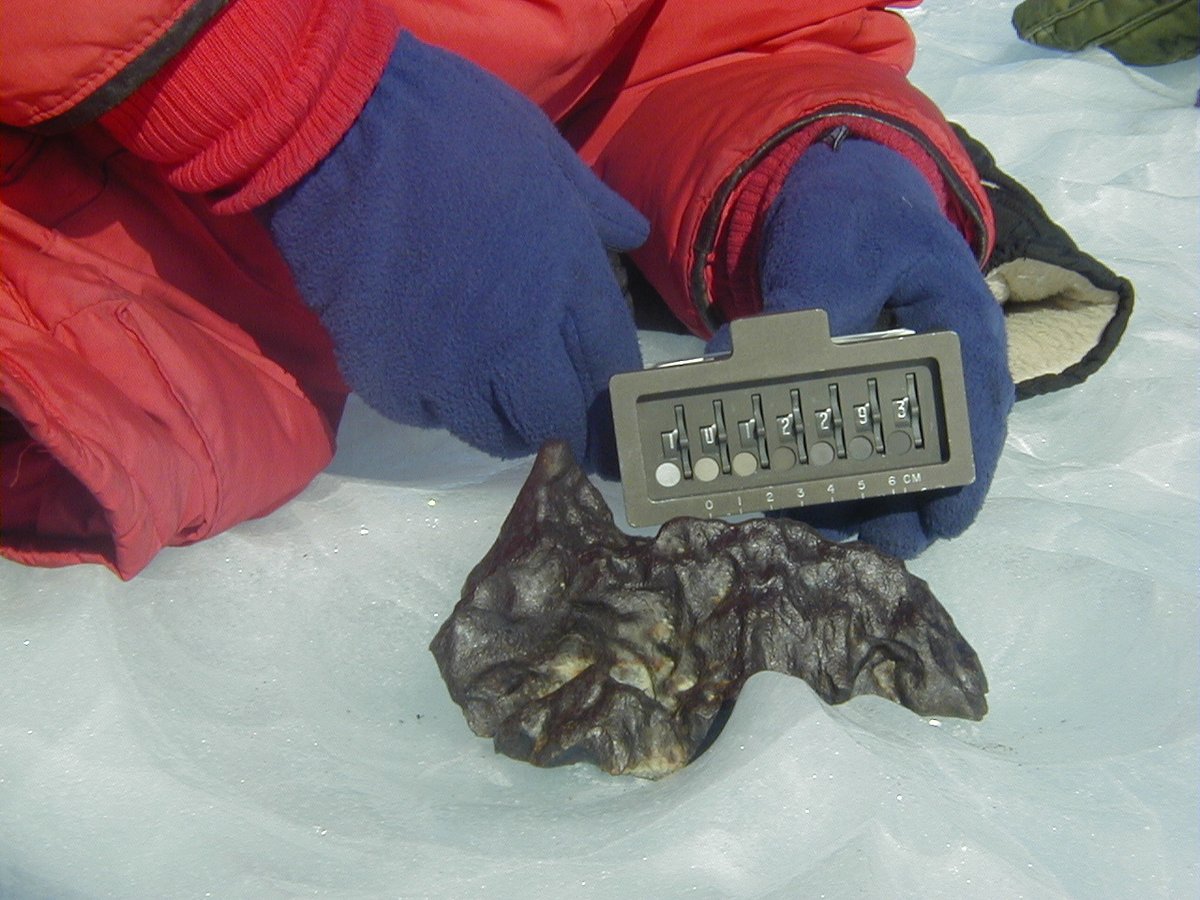

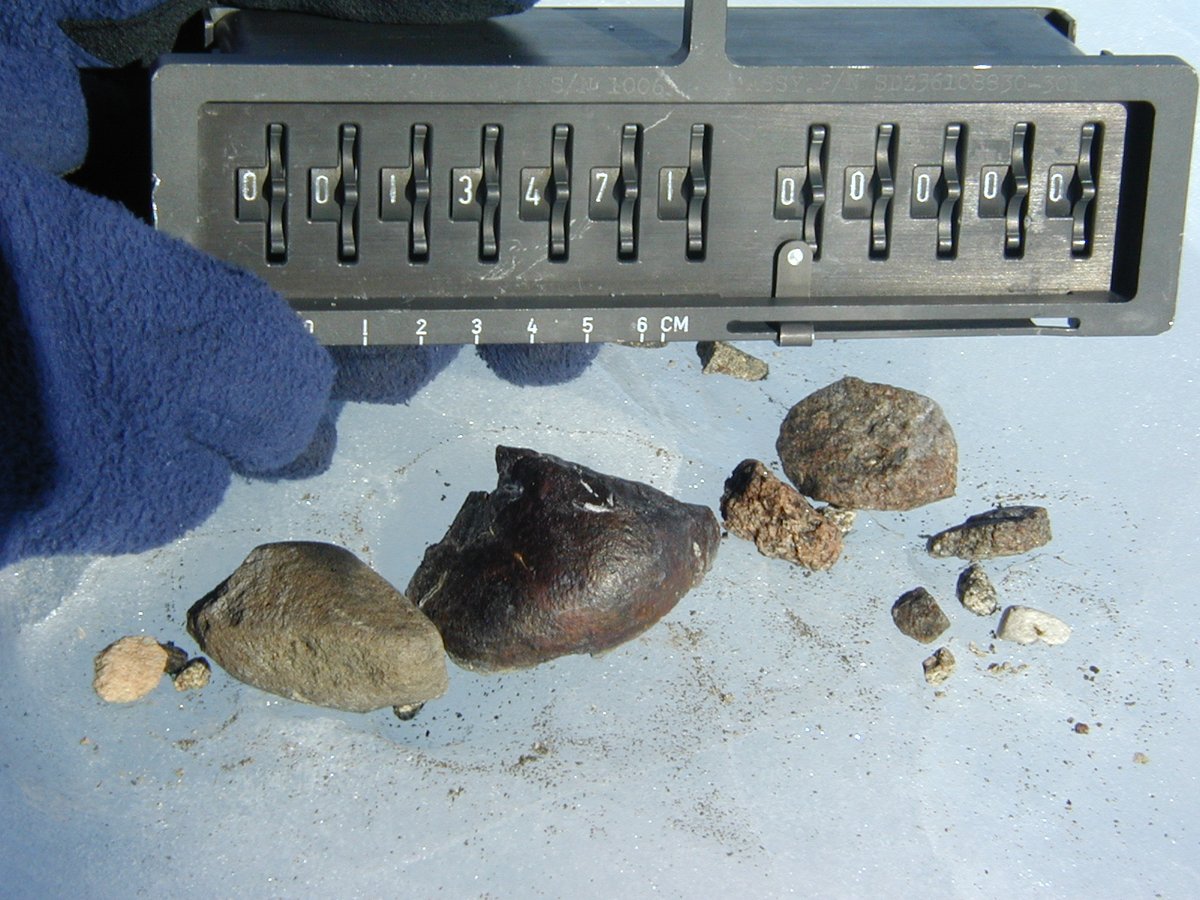
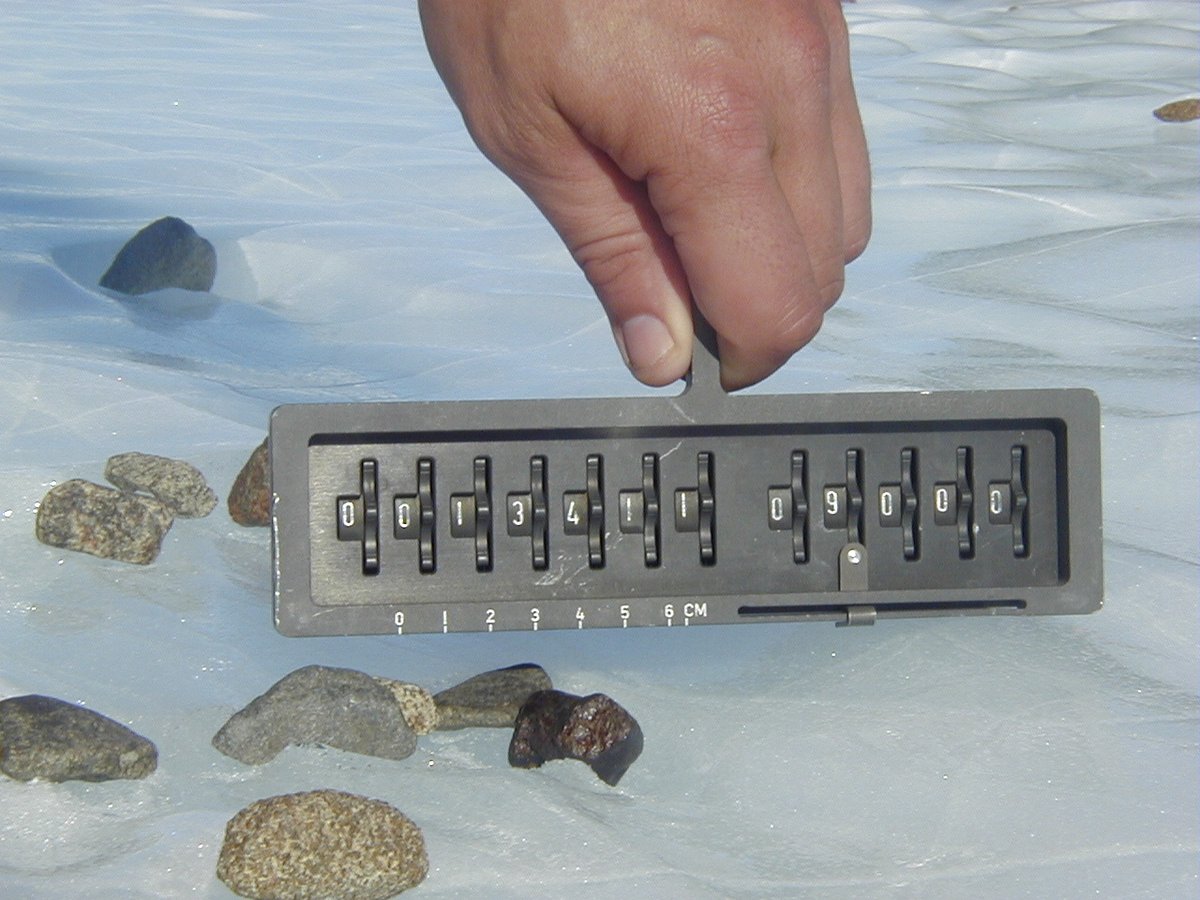
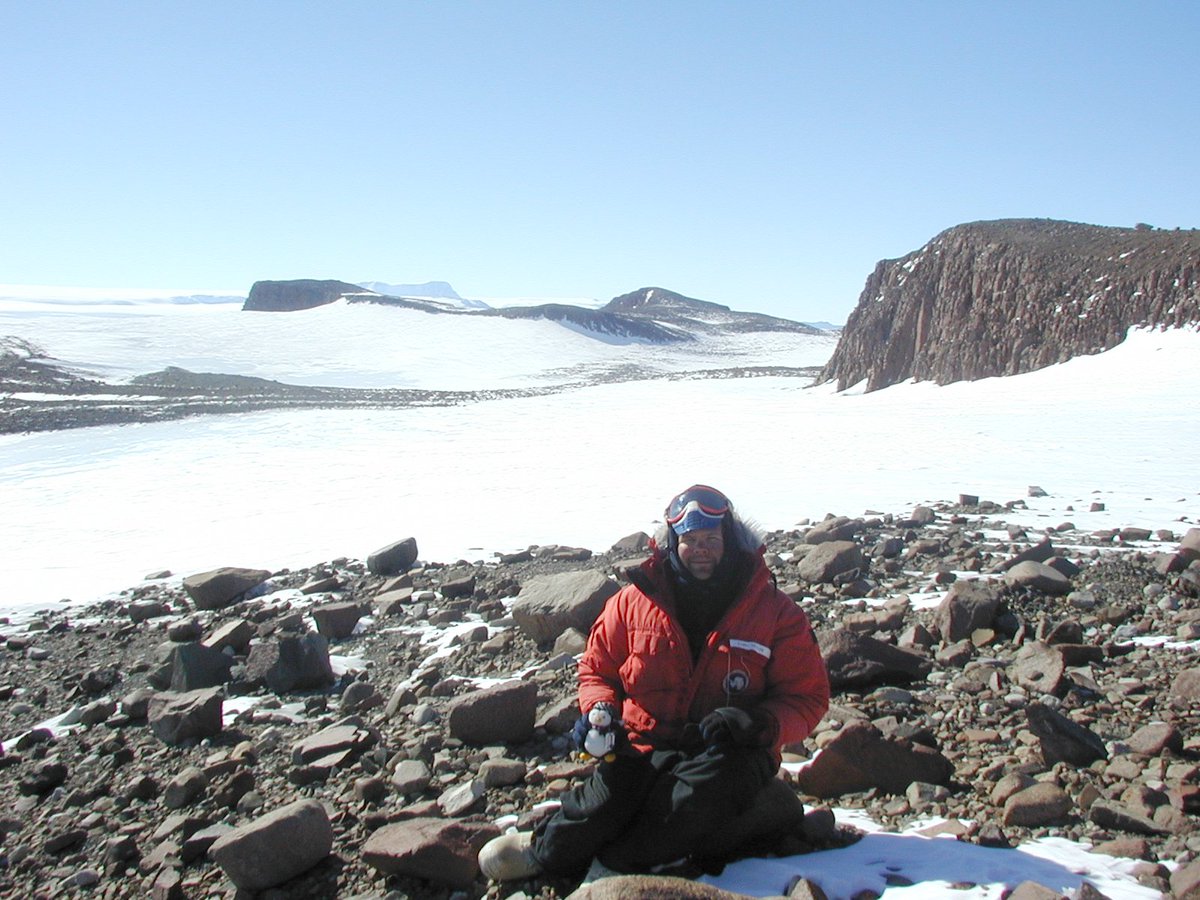


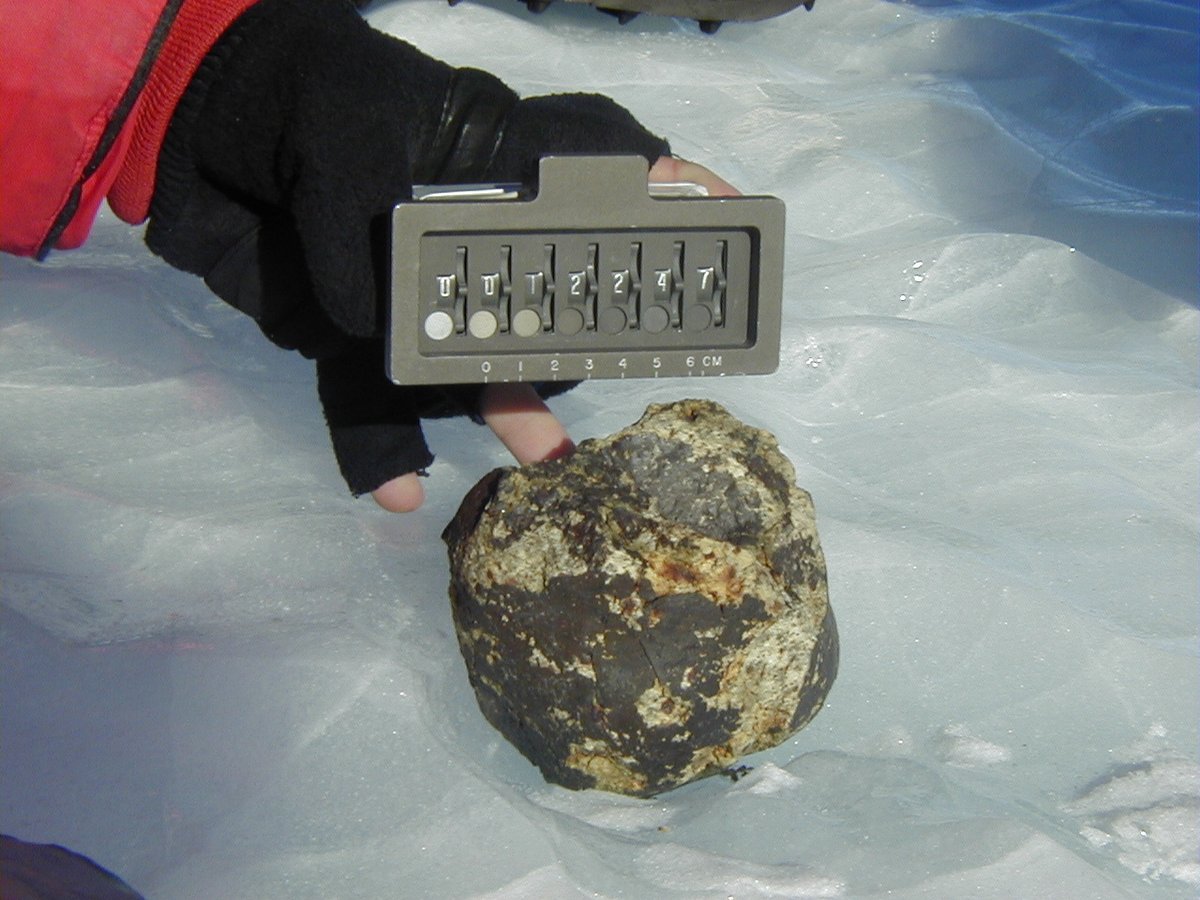
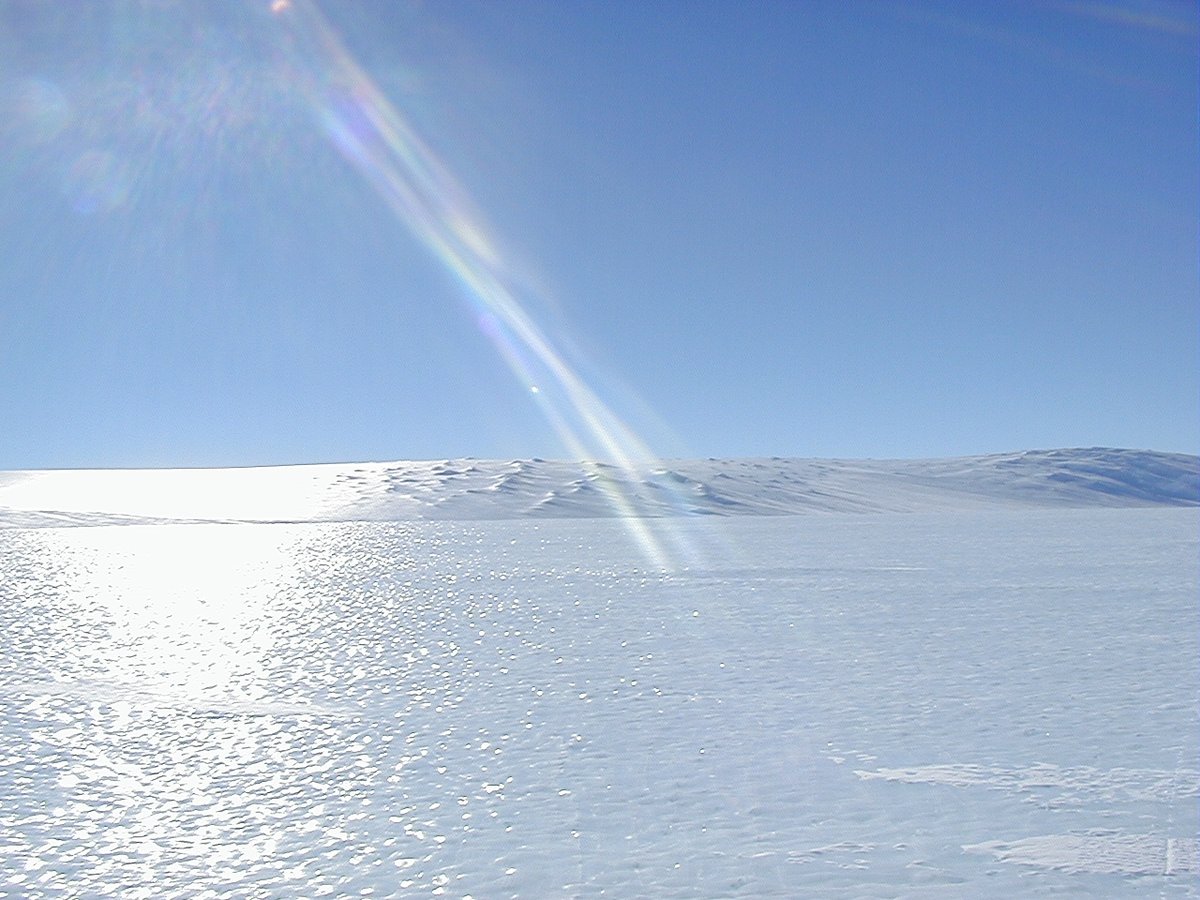
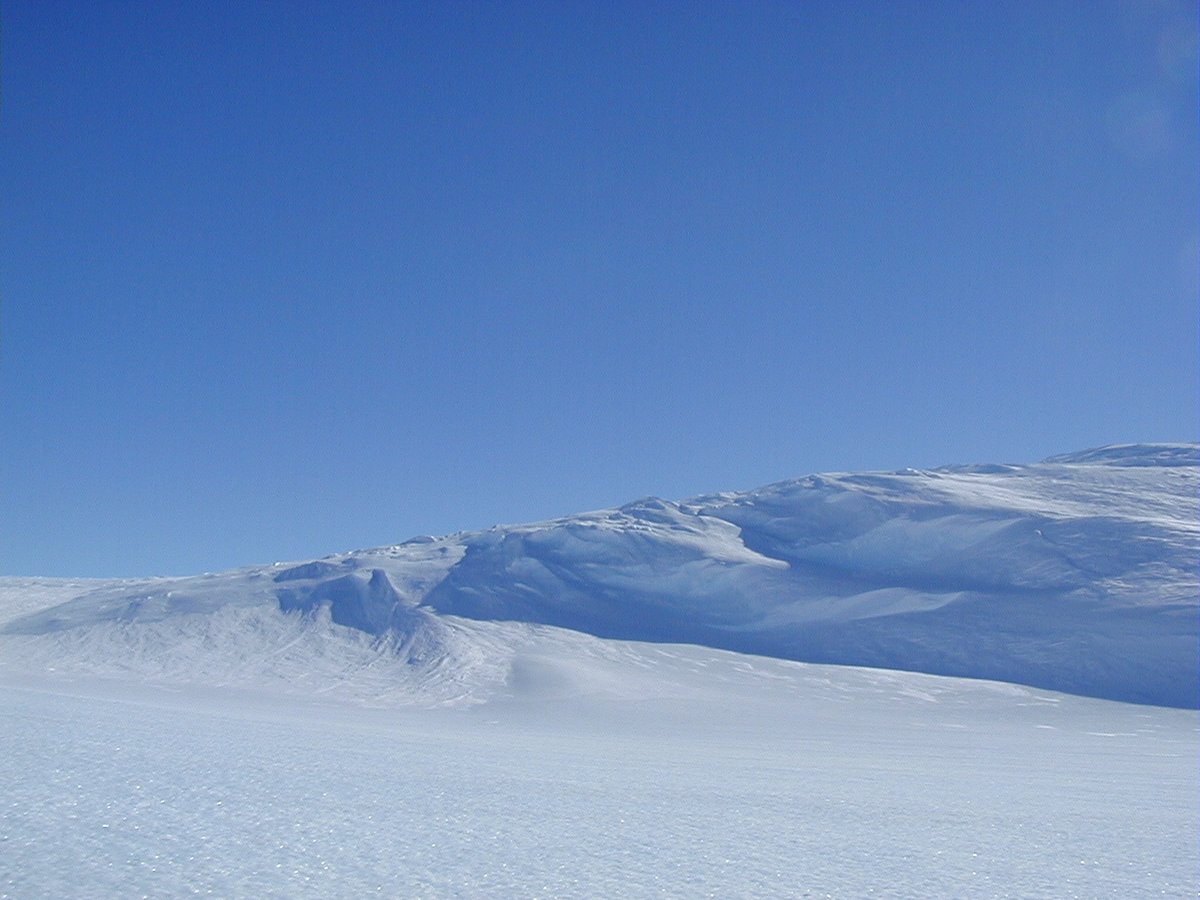

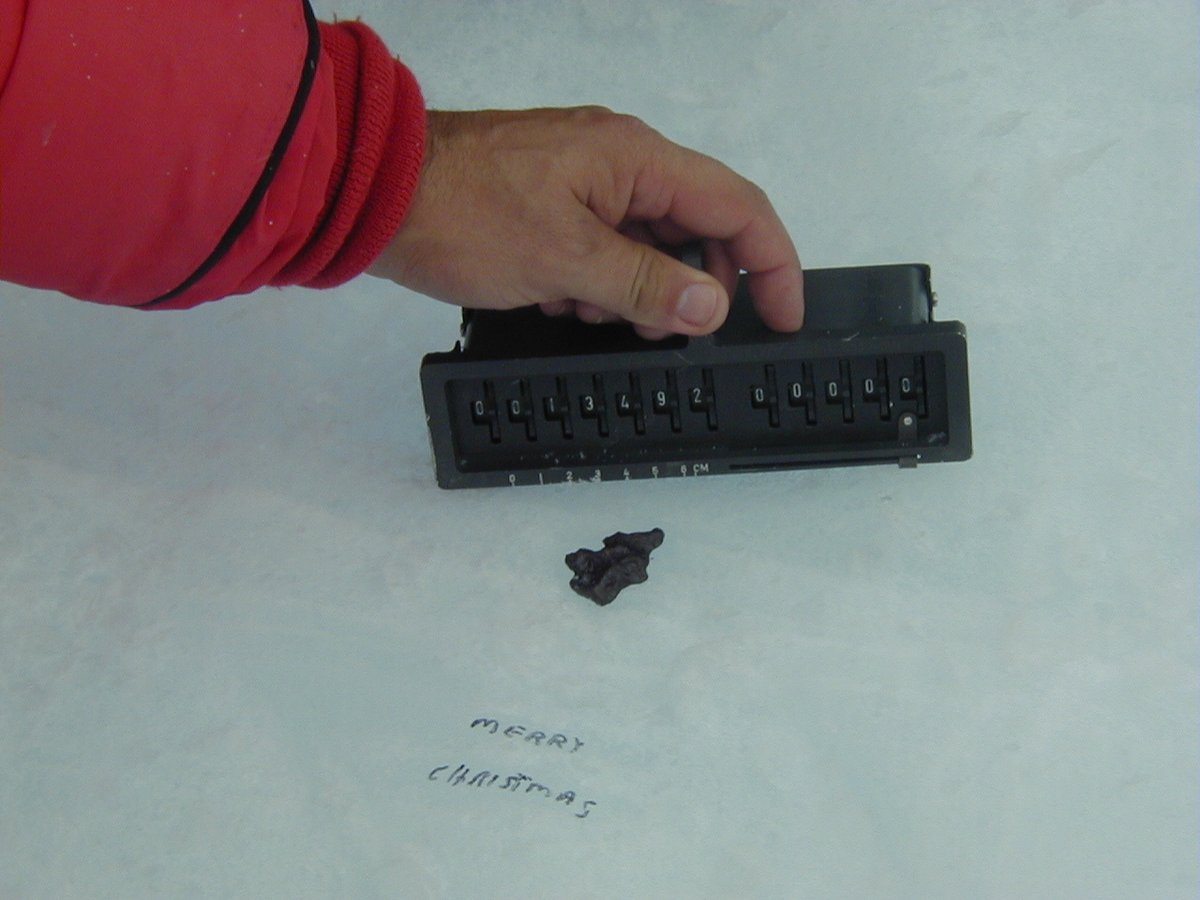
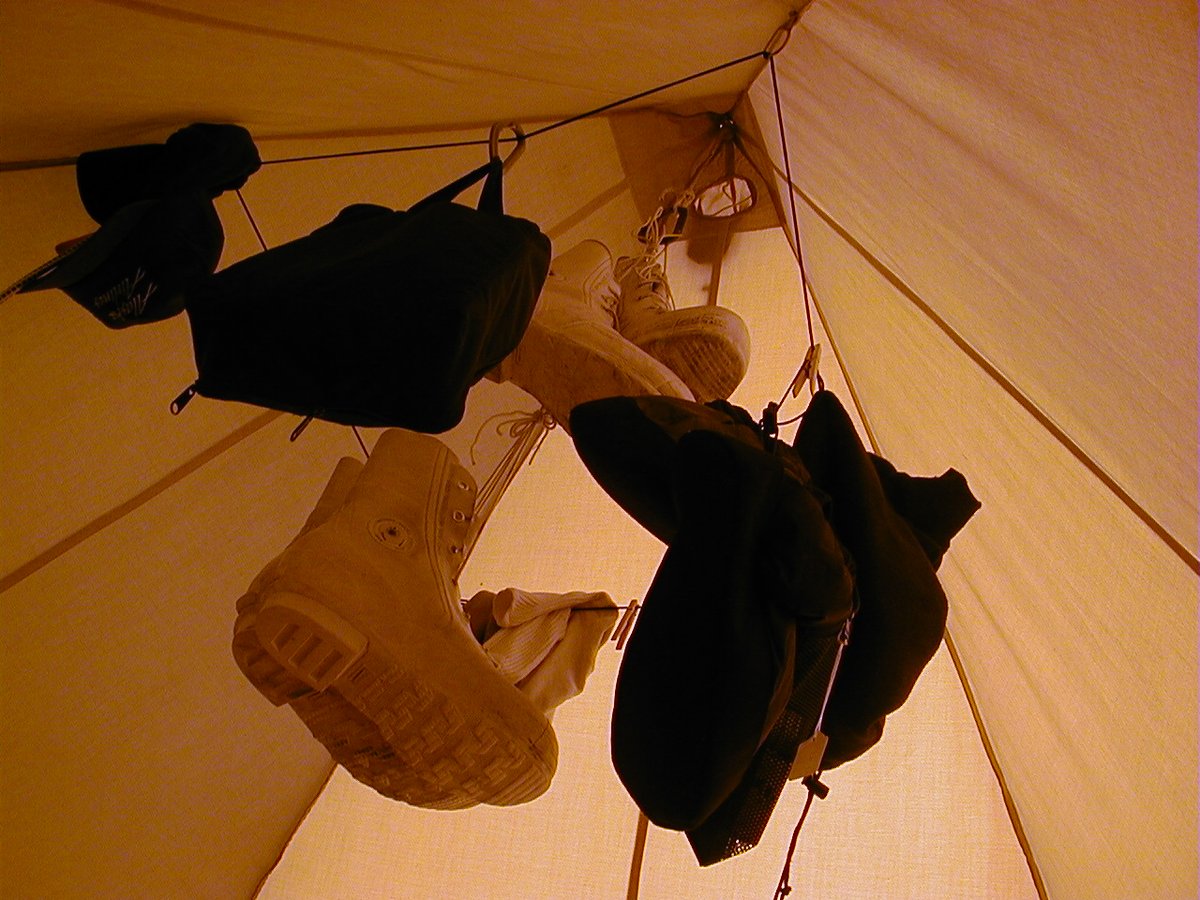
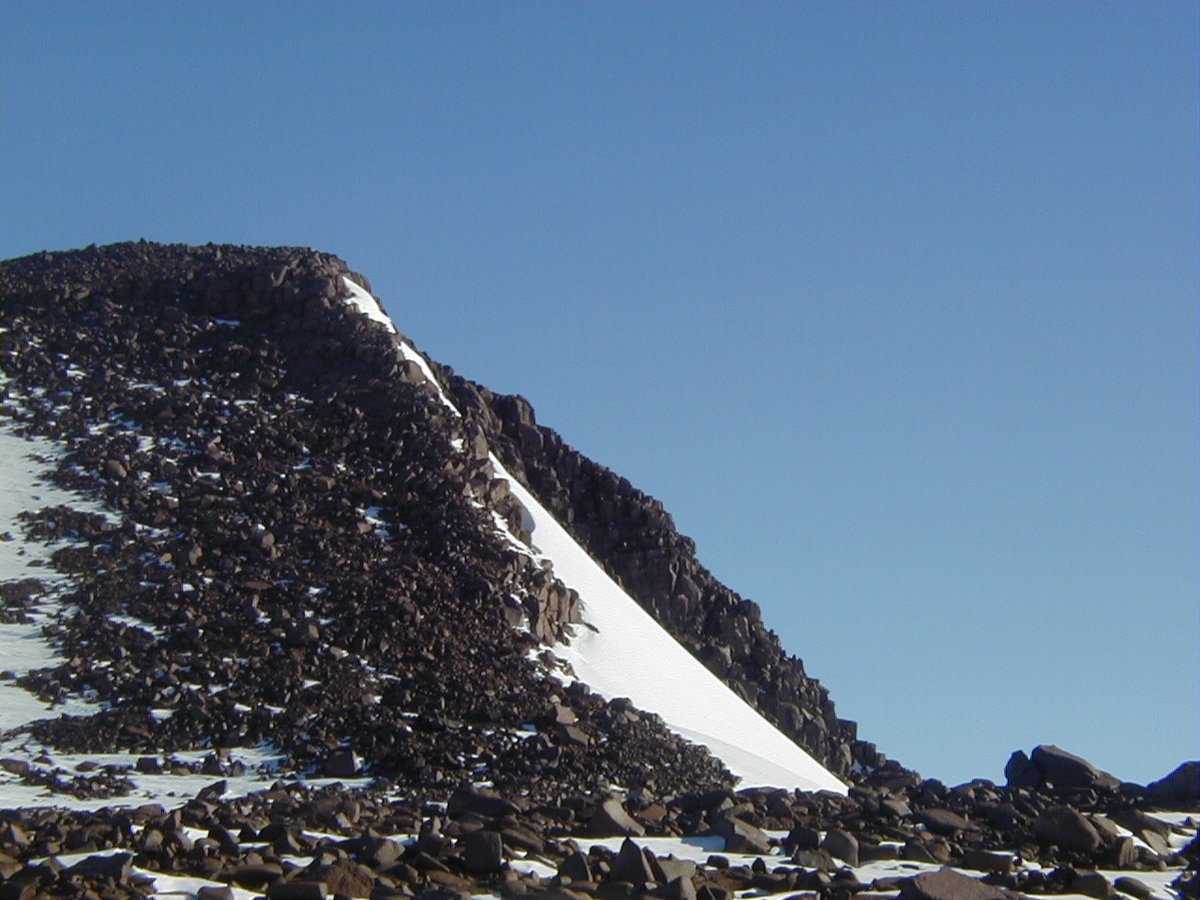
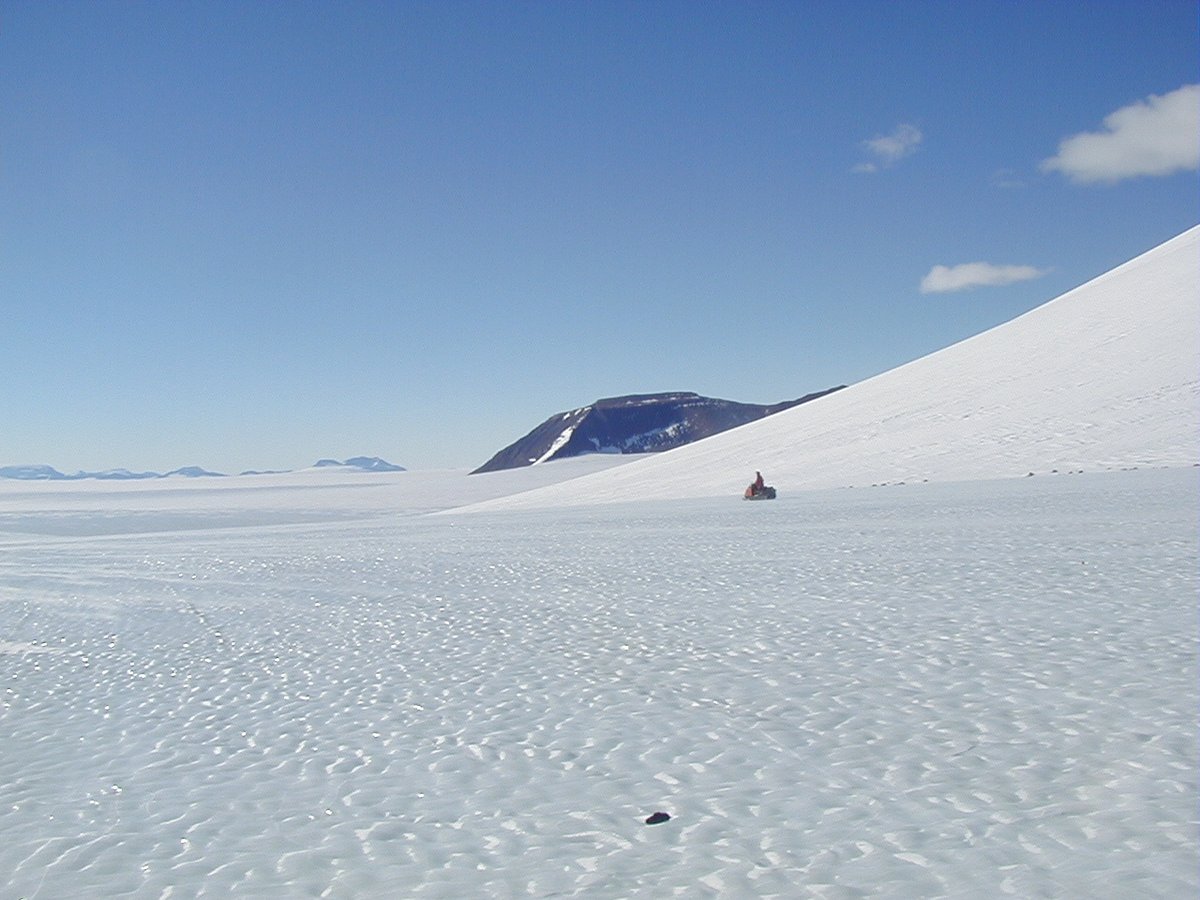
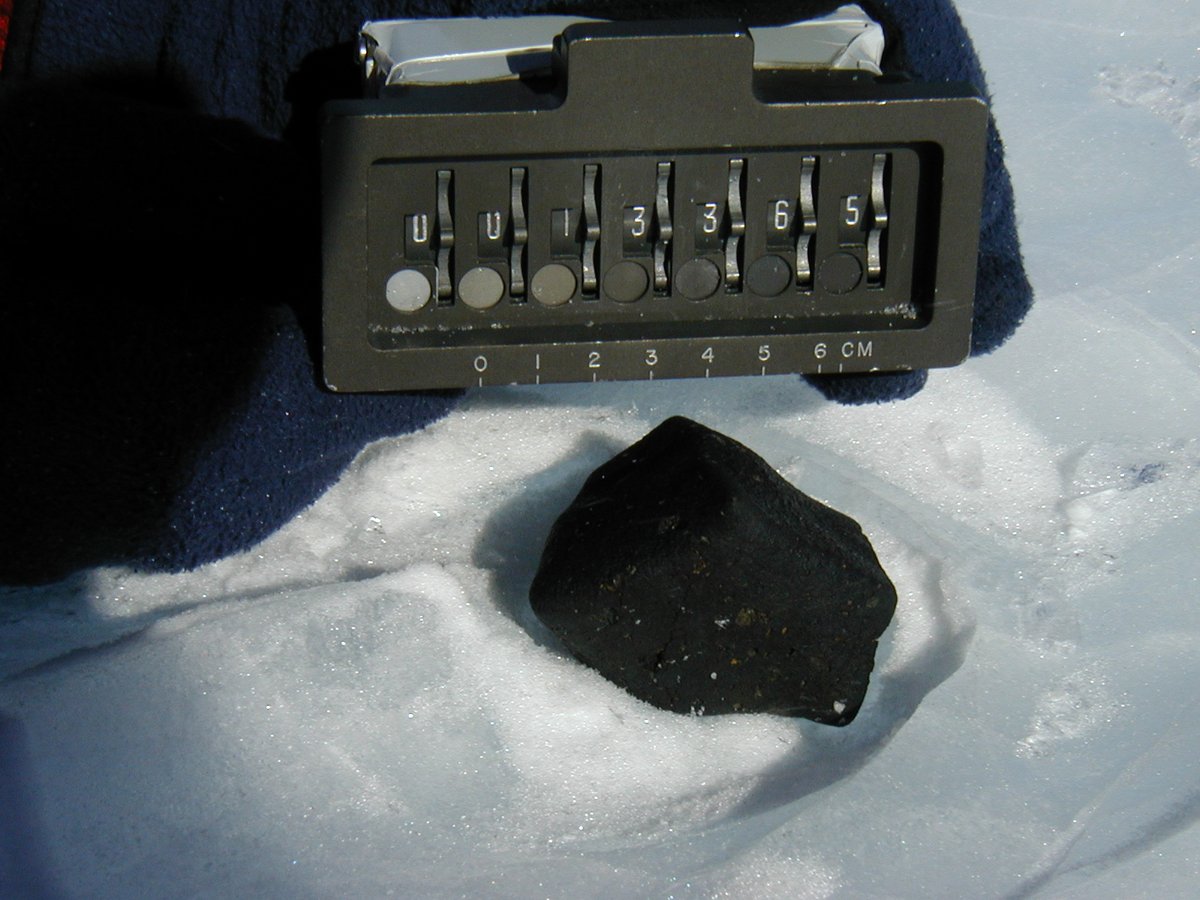

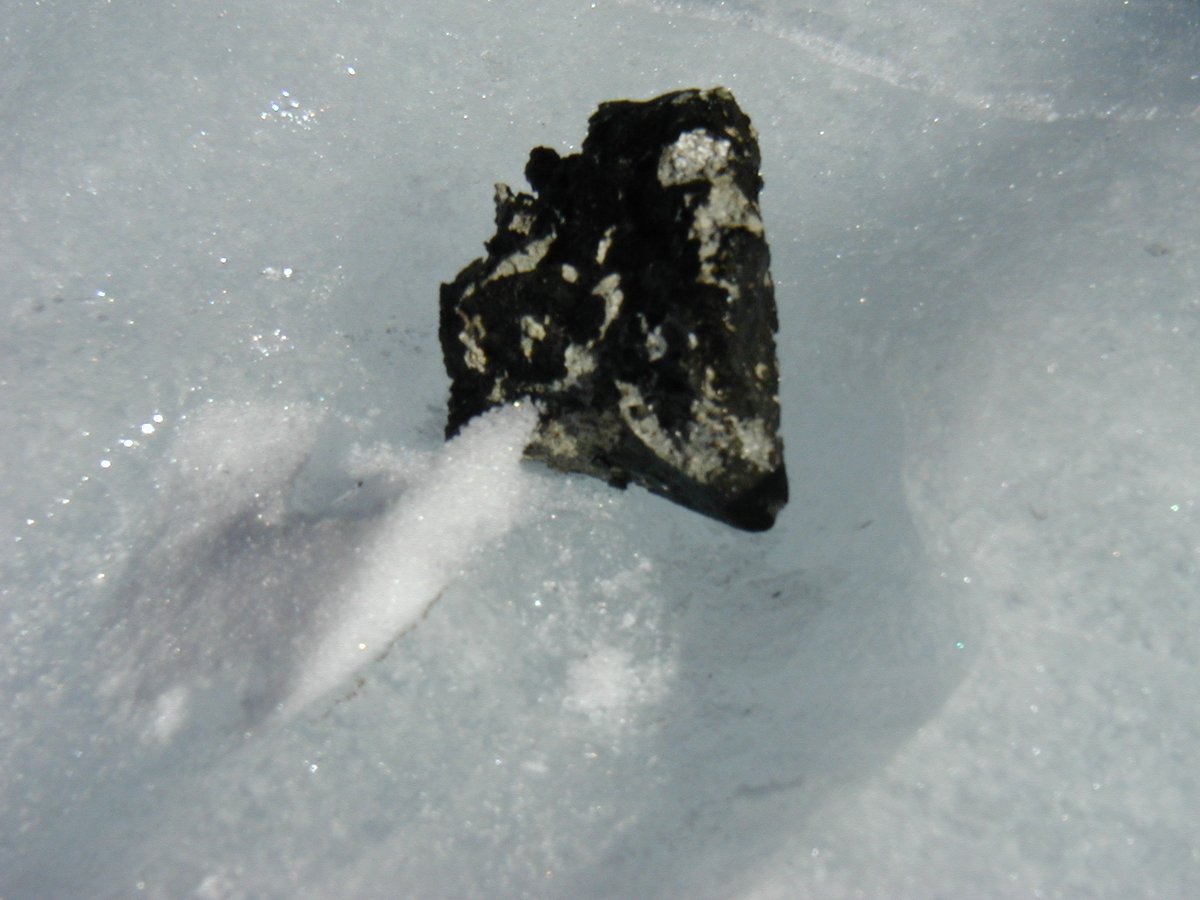

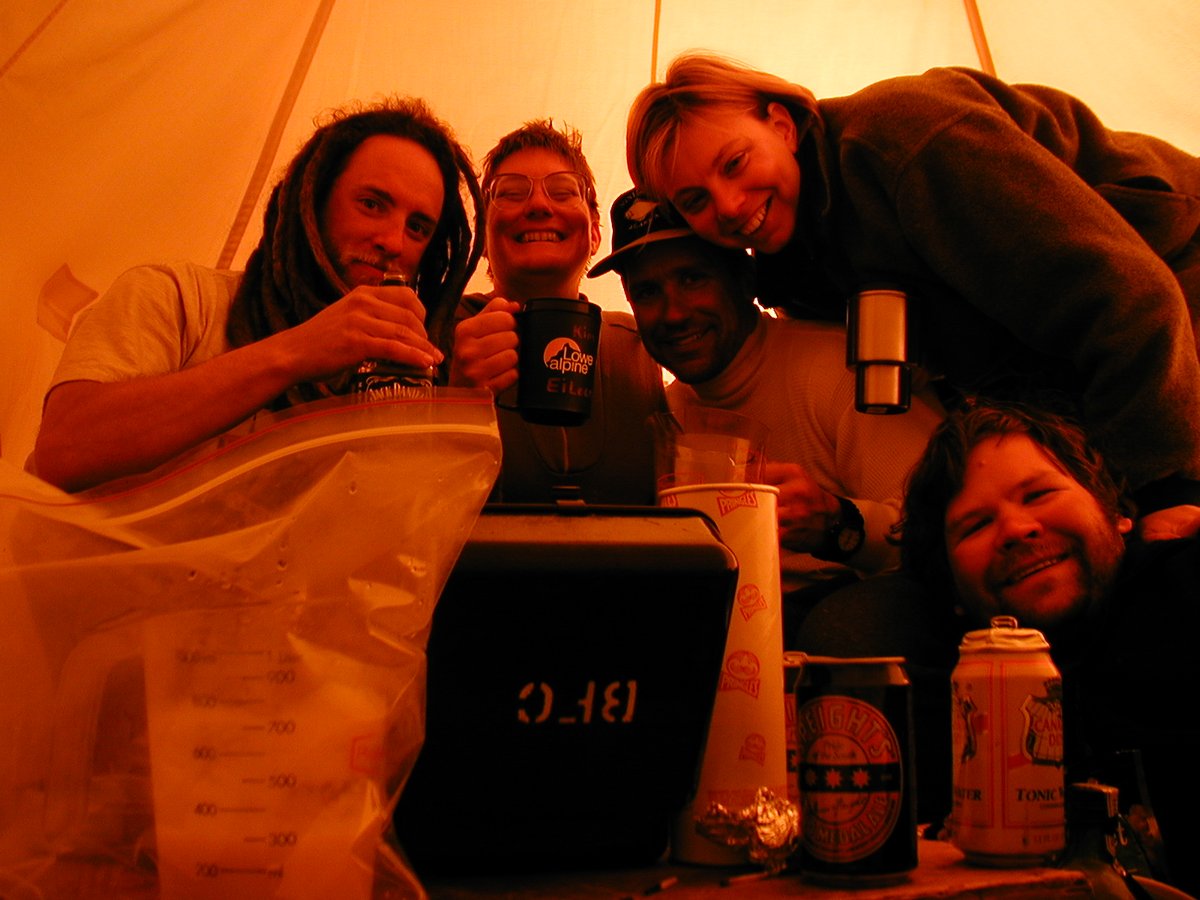

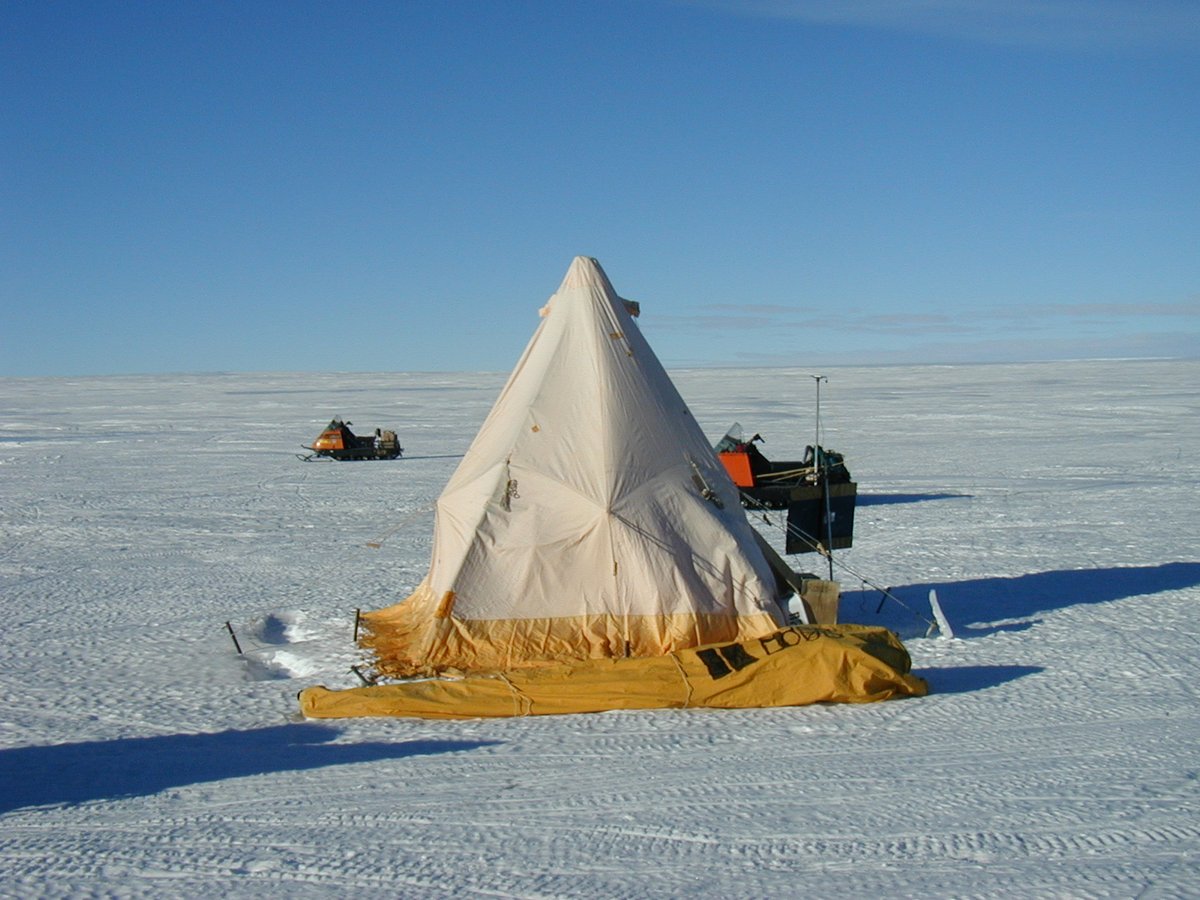
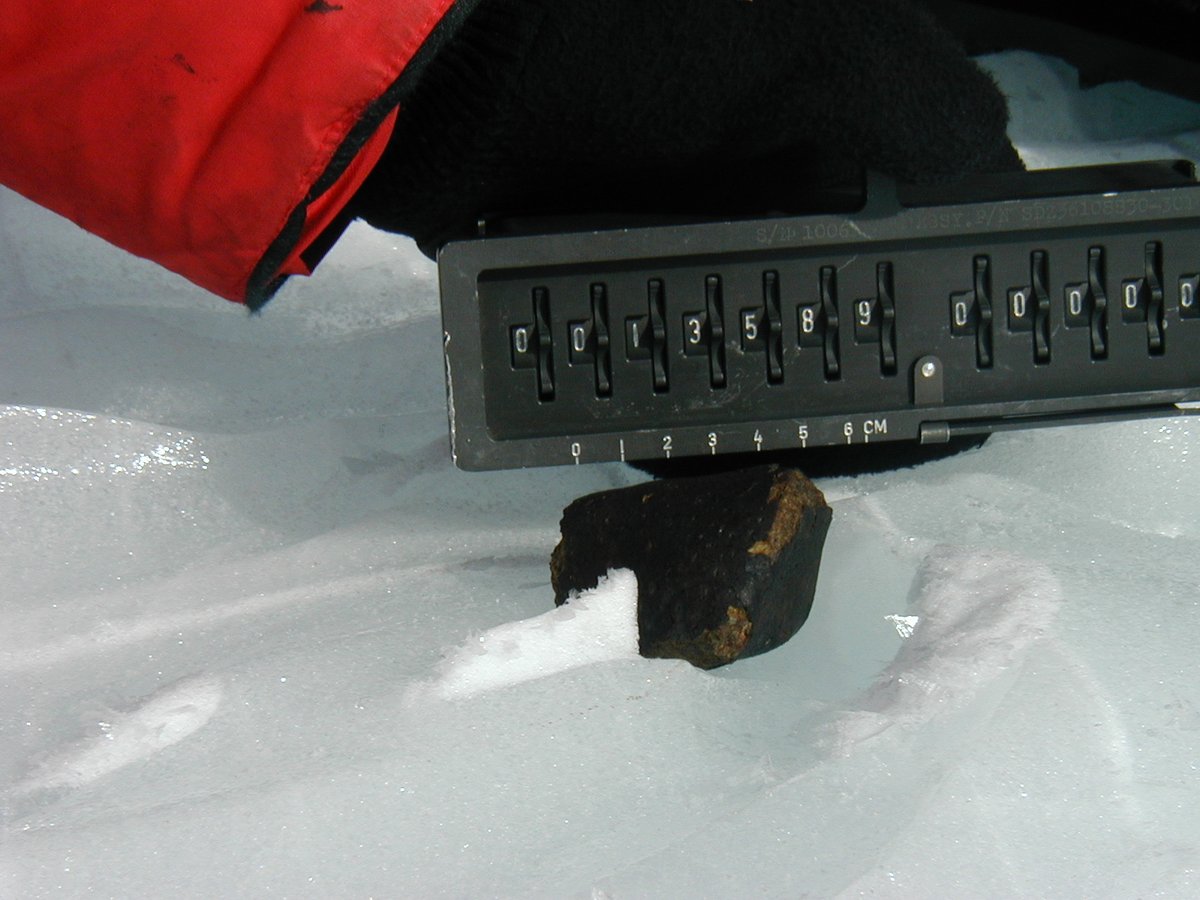

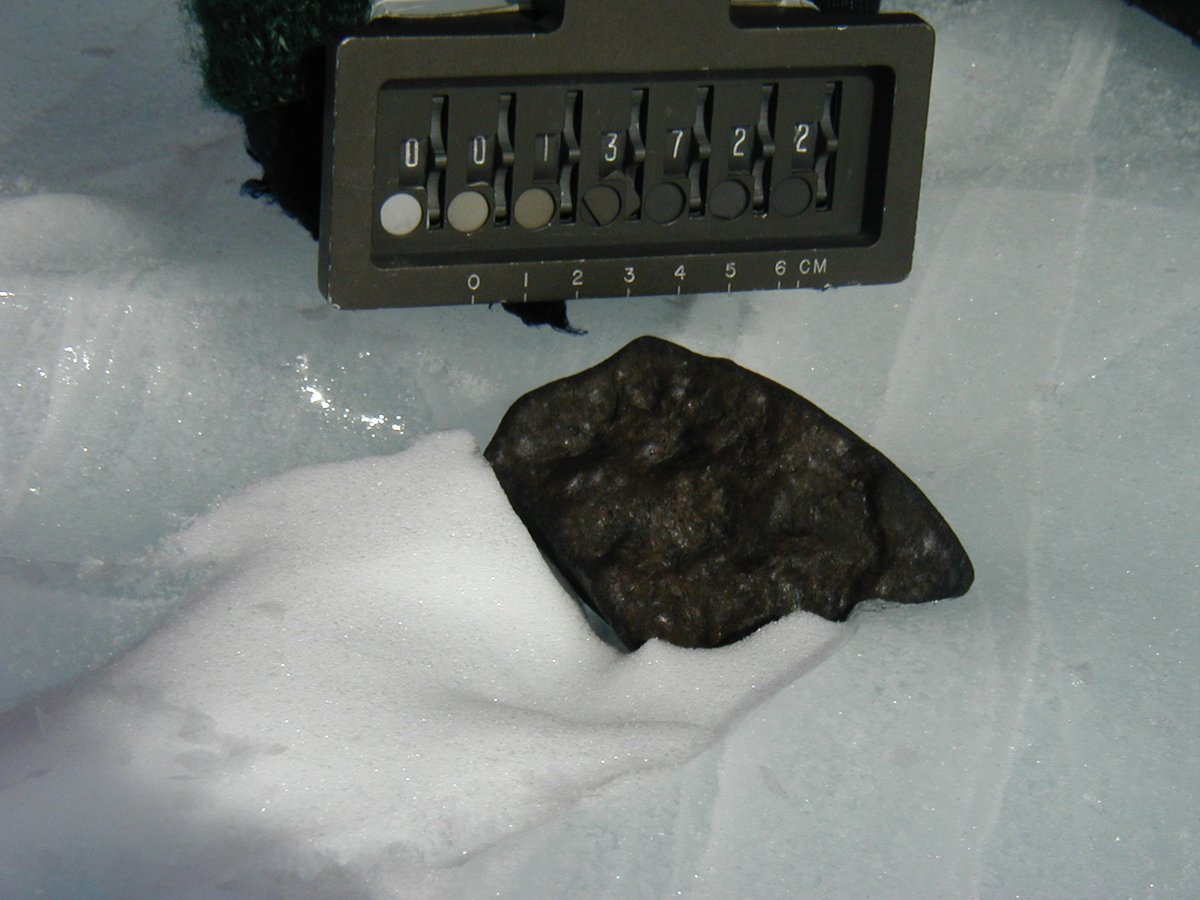
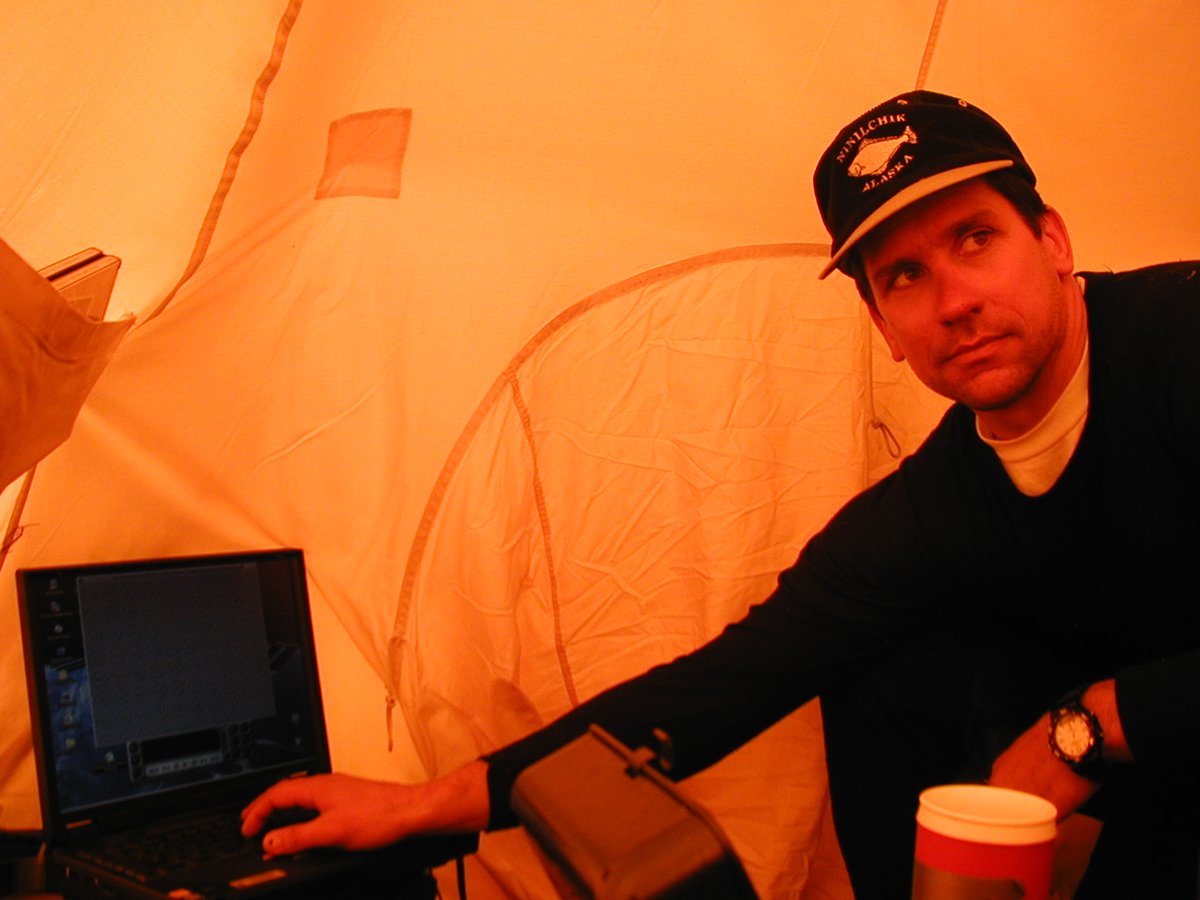

![20 years ago today, January 5, 2001, the #ANSMET2000 team discovered this meteorite, Meteorite Hills 00526, classified as a highly primitive ordinary chondrite [L(LL)3.05]. As luck would have it I have been studying a section of this meteorite for the last few months. ... 20 years ago today, January 5, 2001, the #ANSMET2000 team discovered this meteorite, Meteorite Hills 00526, classified as a highly primitive ordinary chondrite [L(LL)3.05]. As luck would have it I have been studying a section of this meteorite for the last few months. ...](https://pbs.twimg.com/media/ErGEidwVcAMv2b_.jpg)

